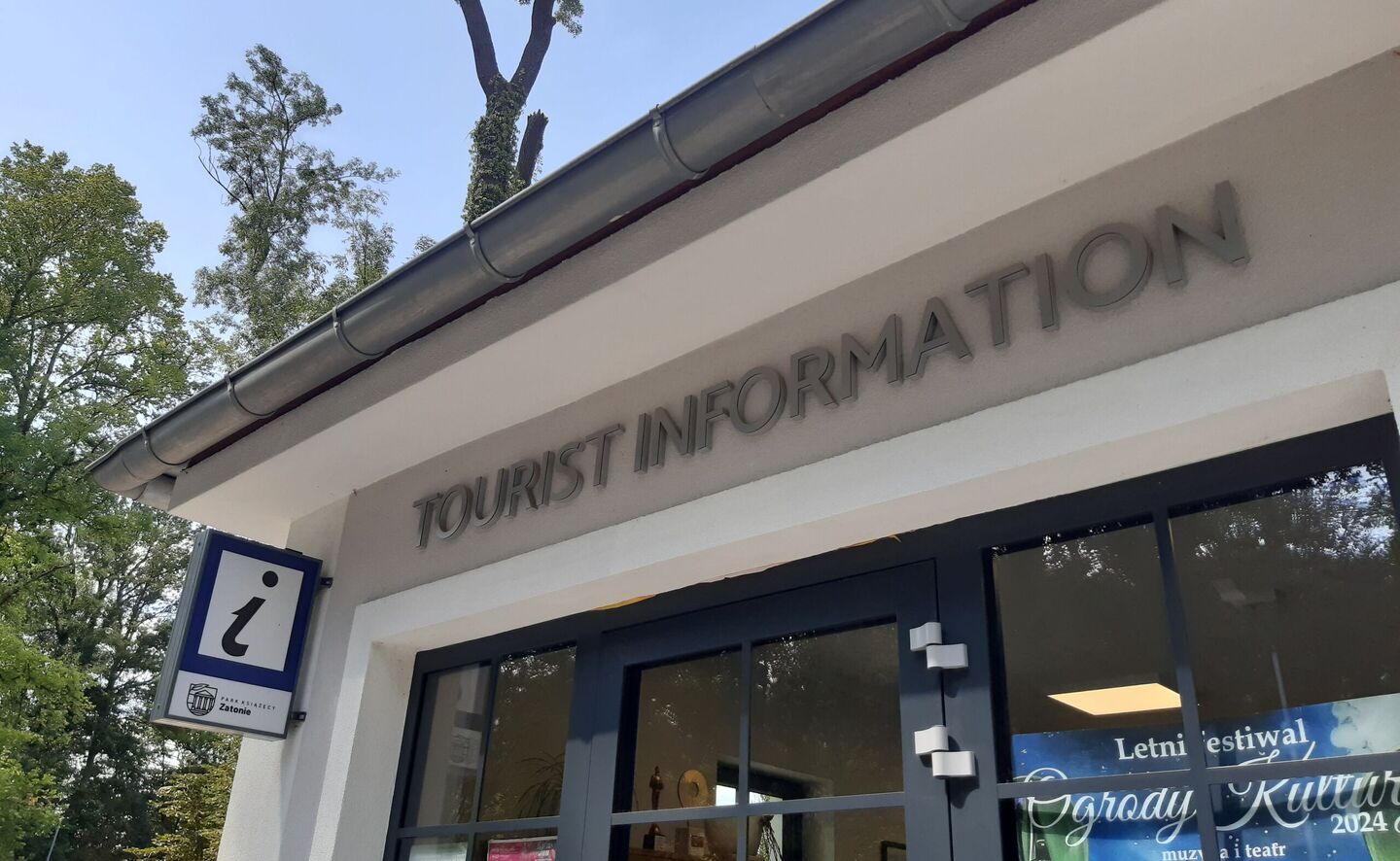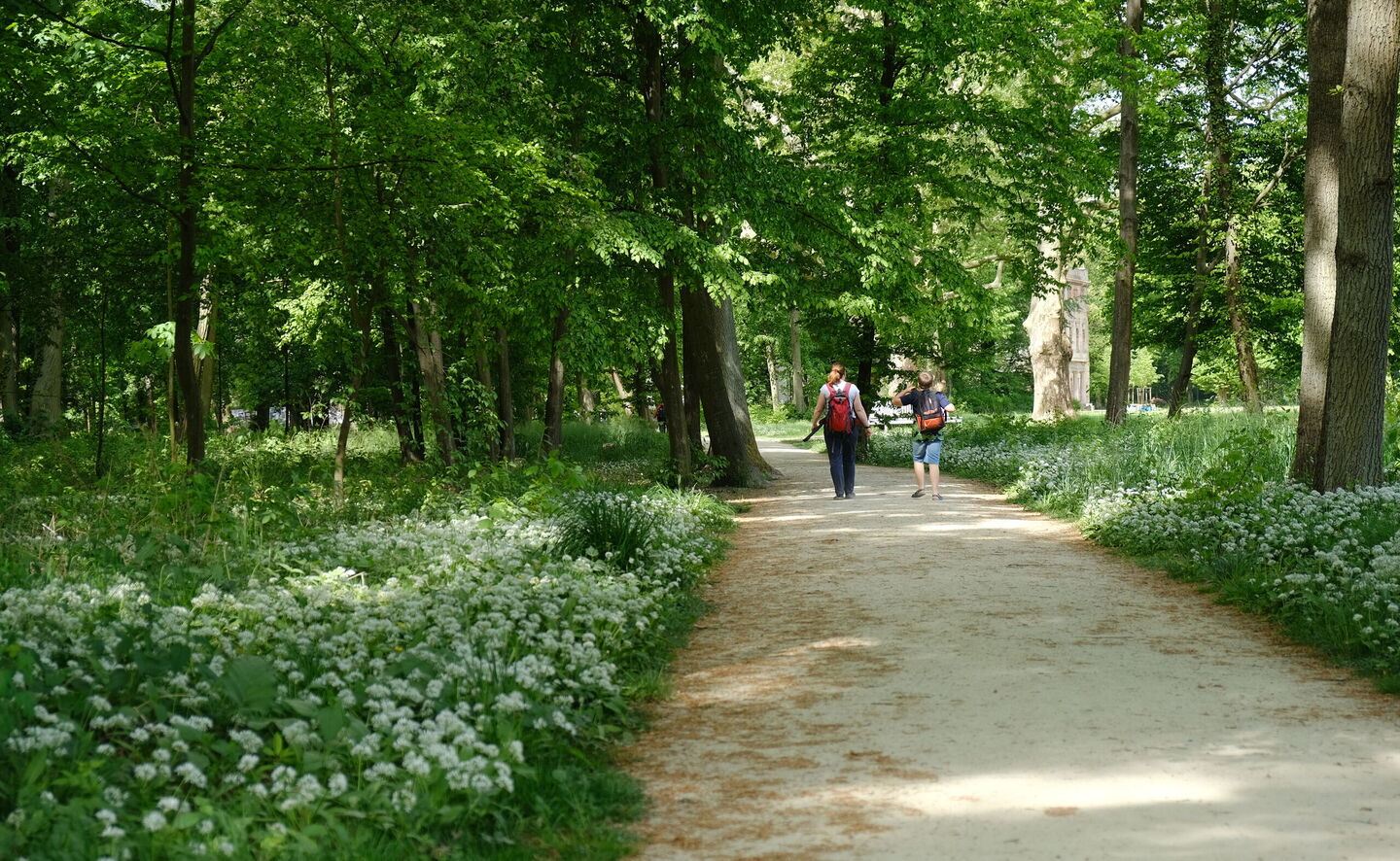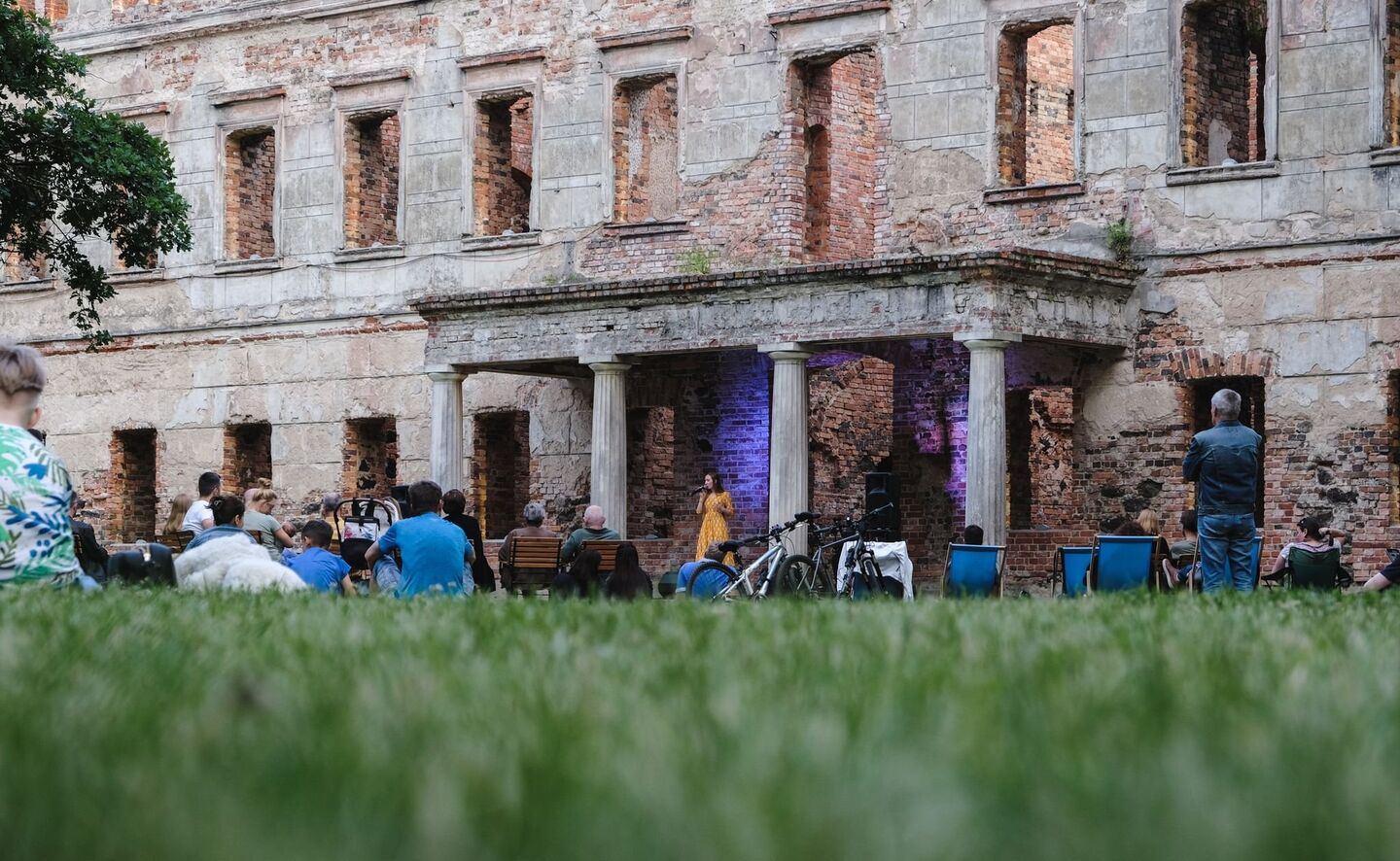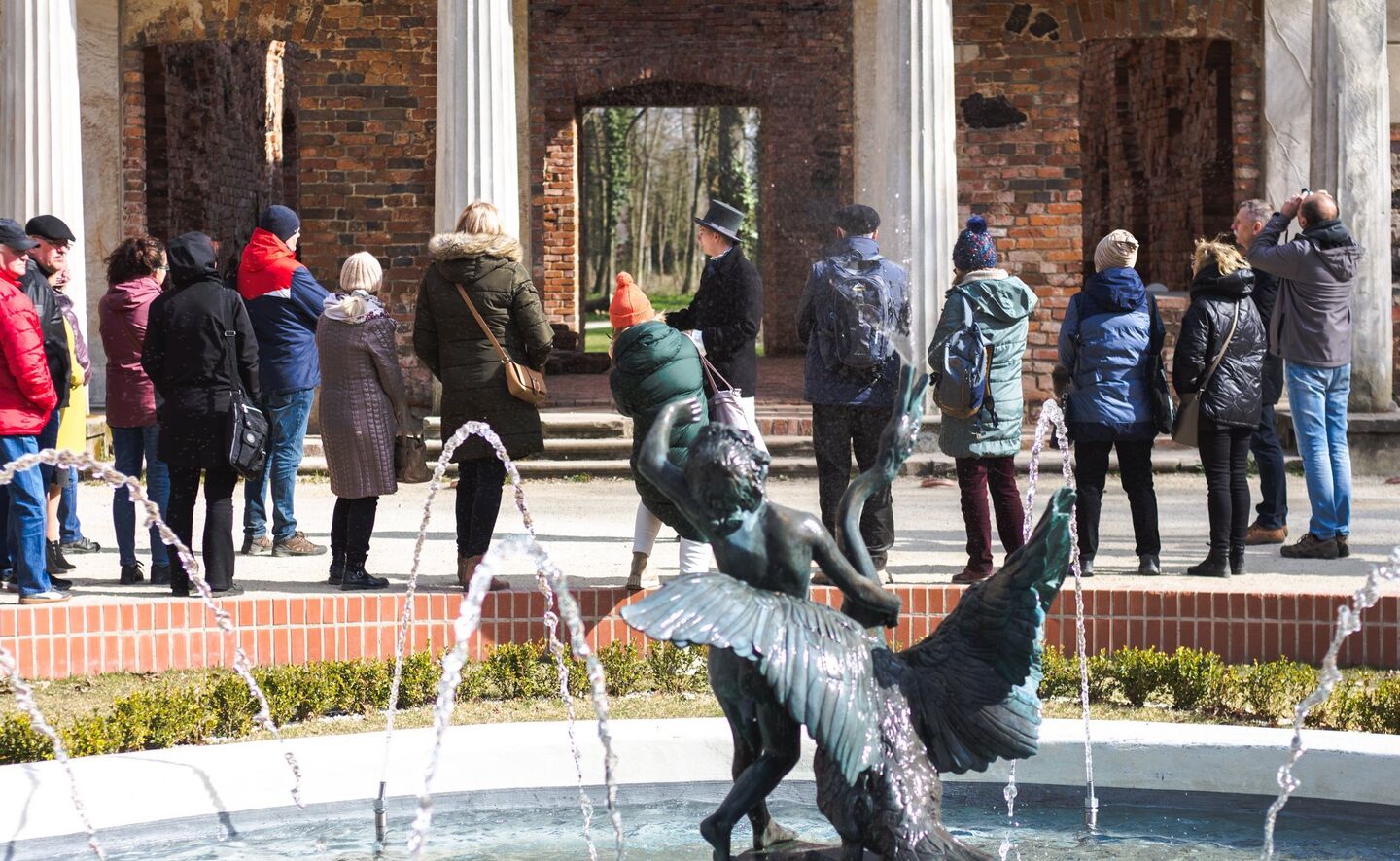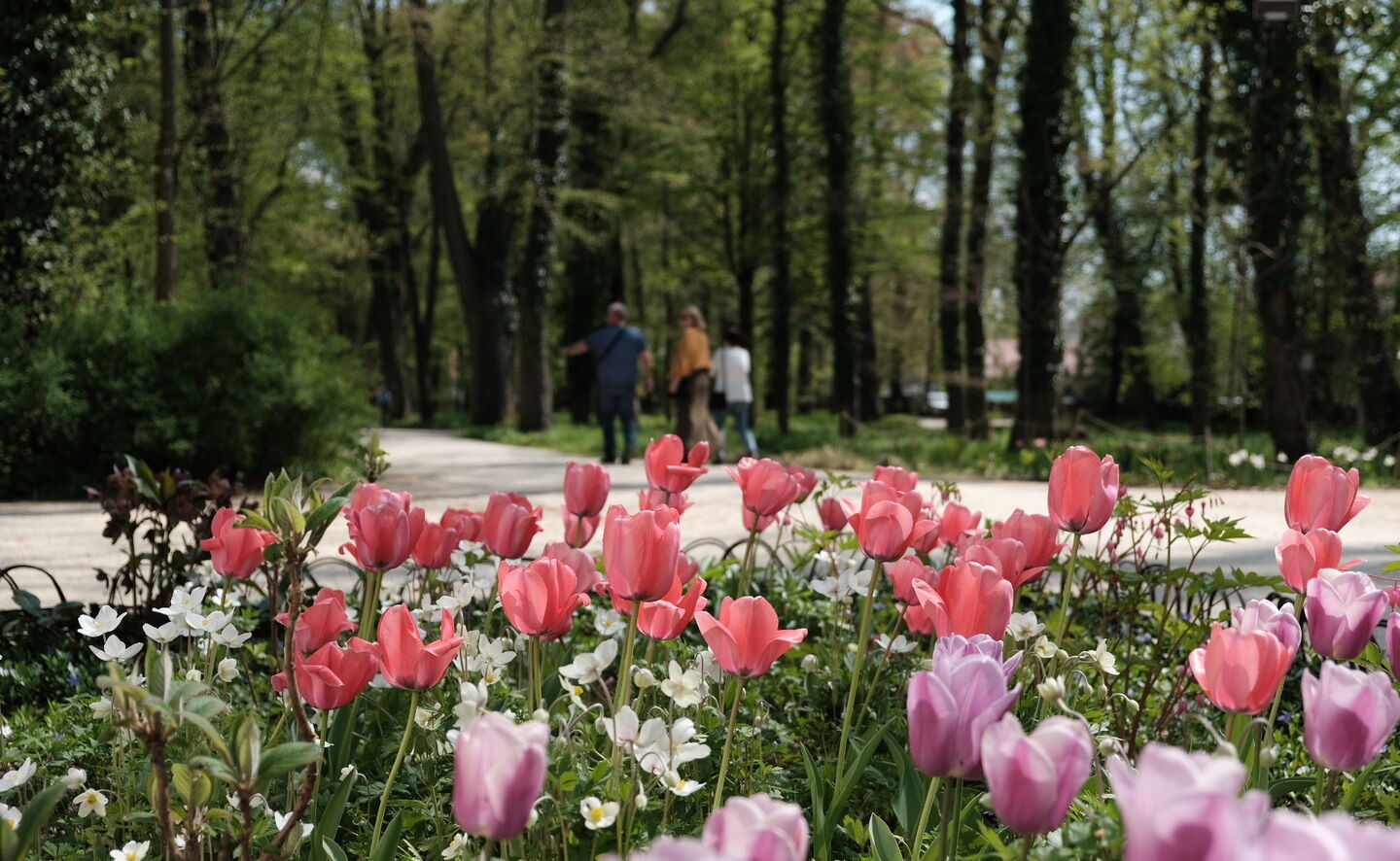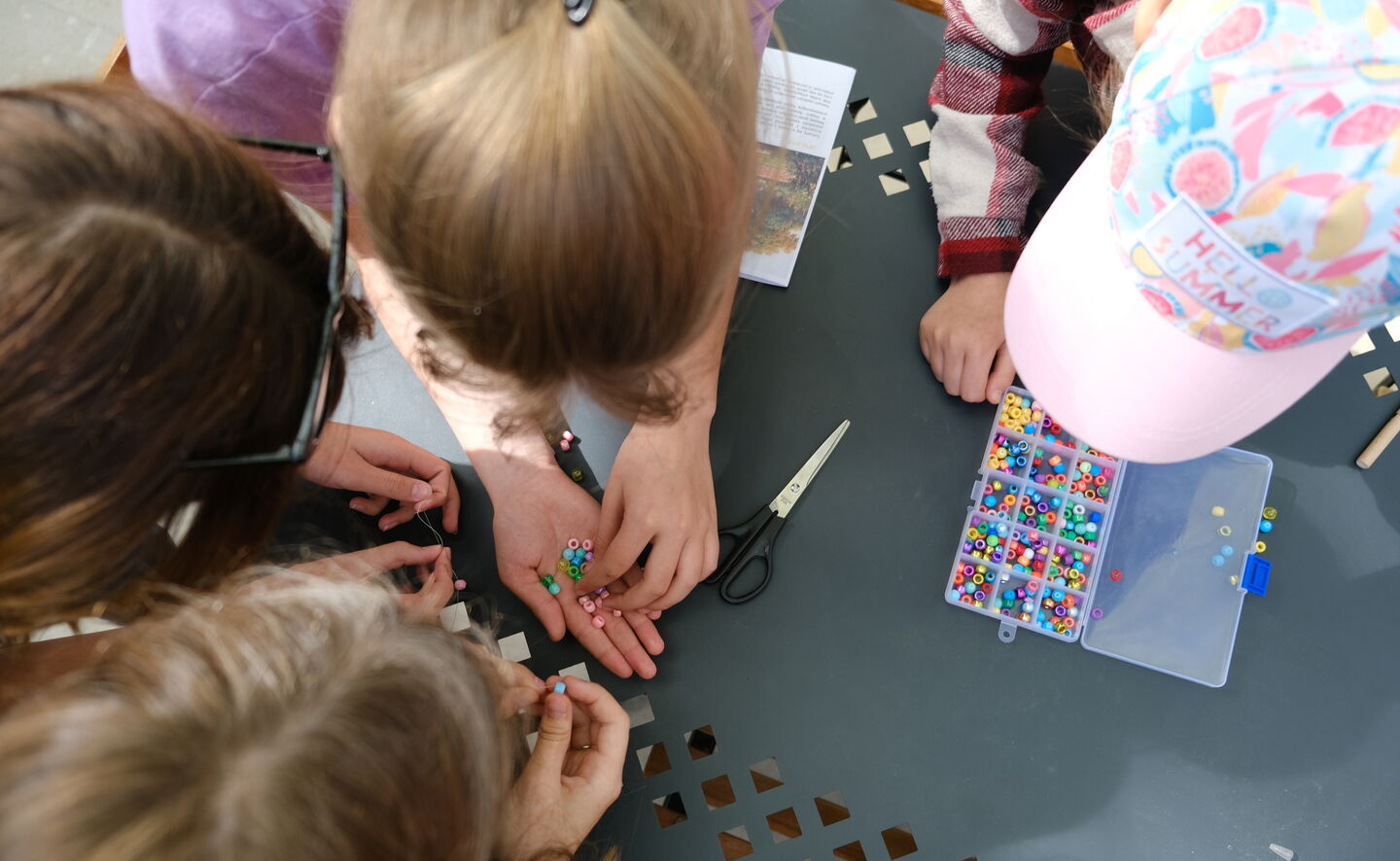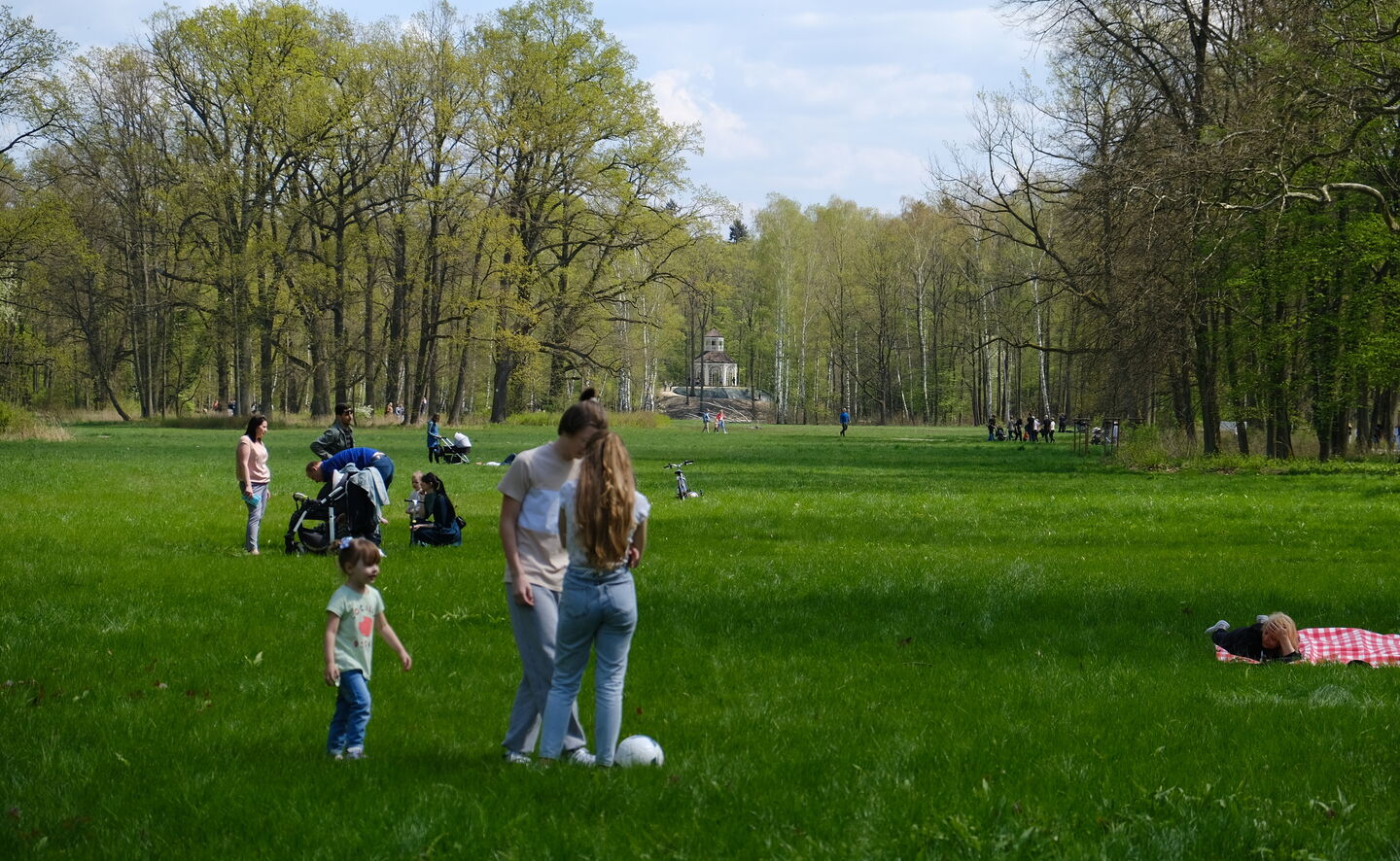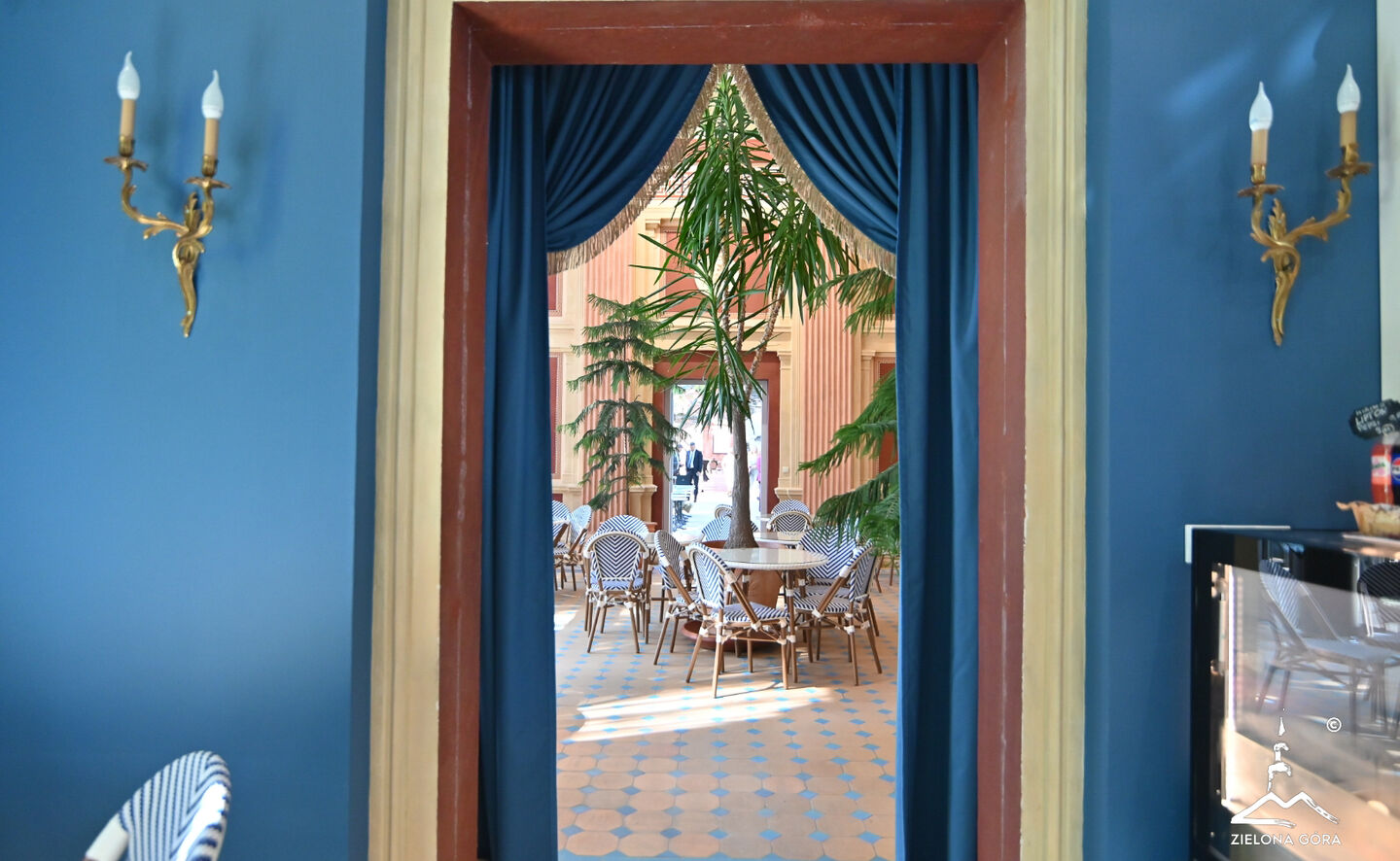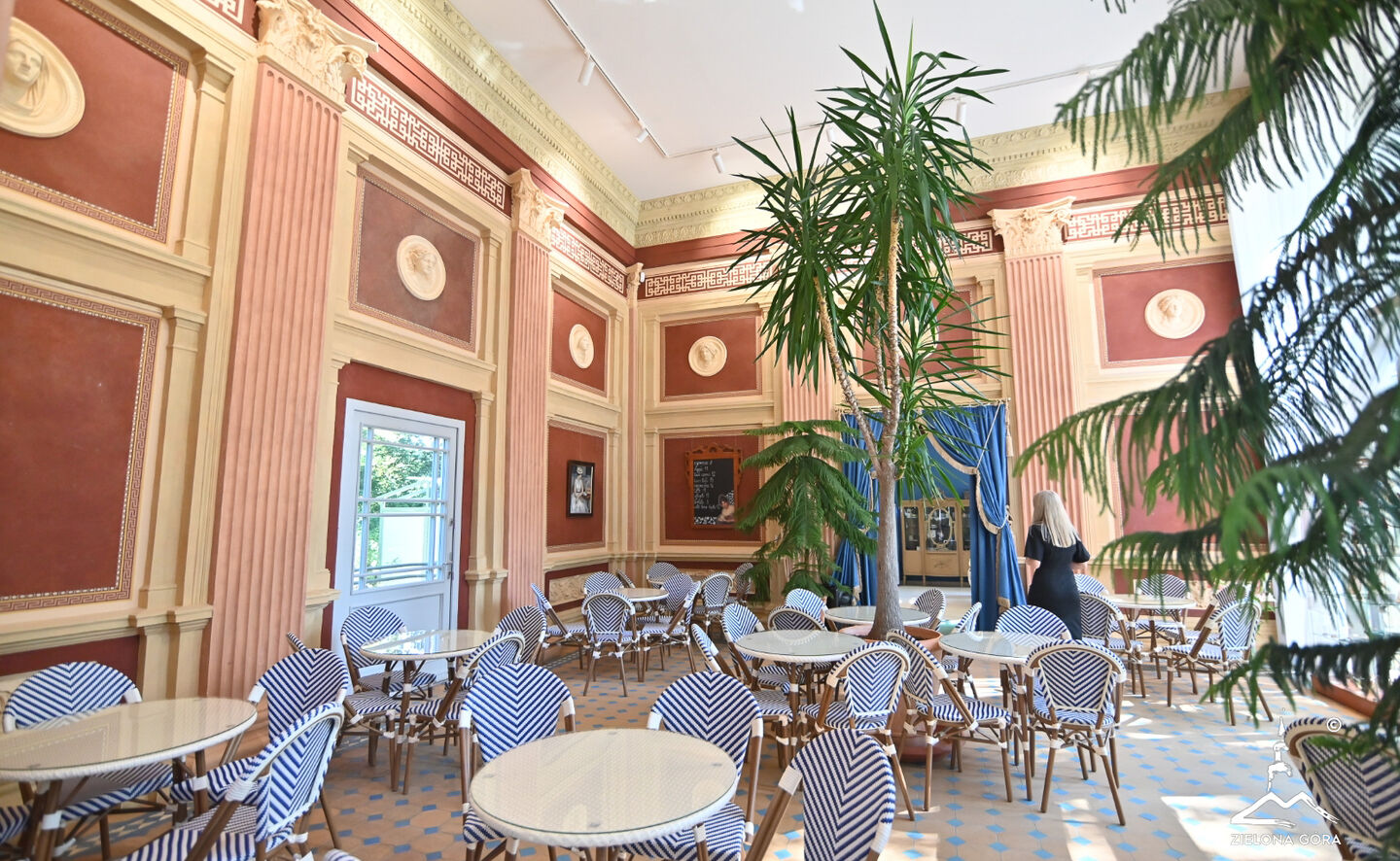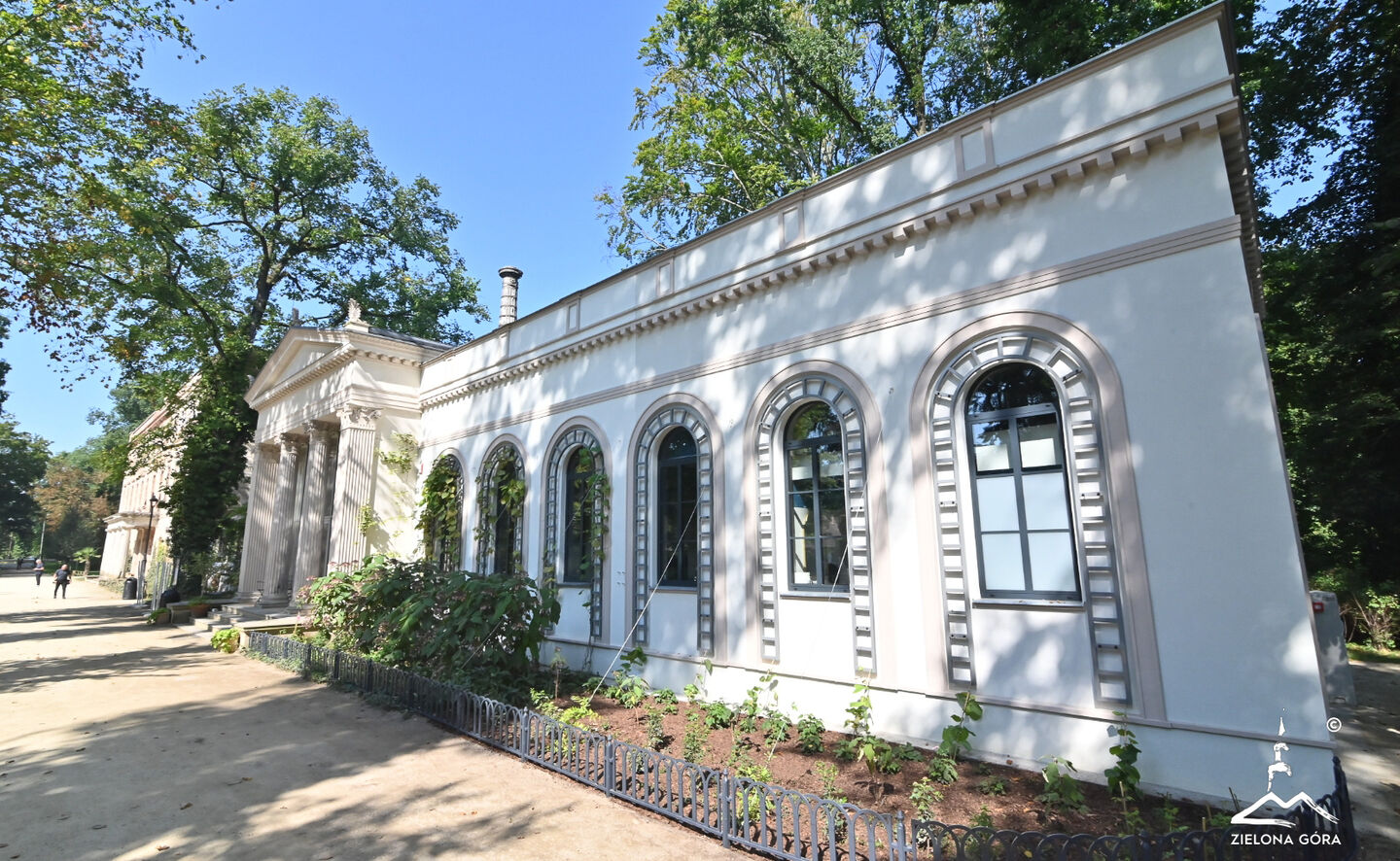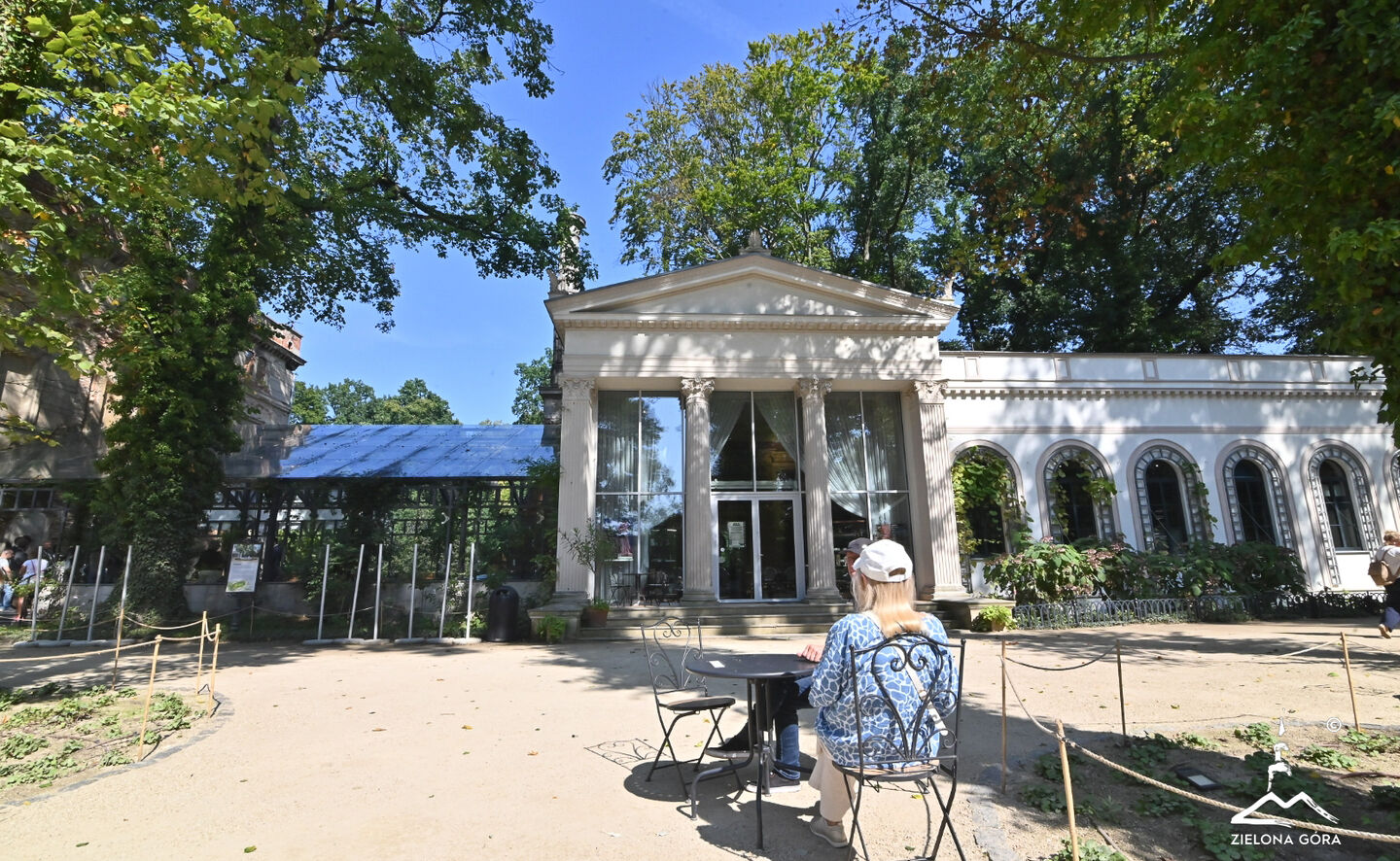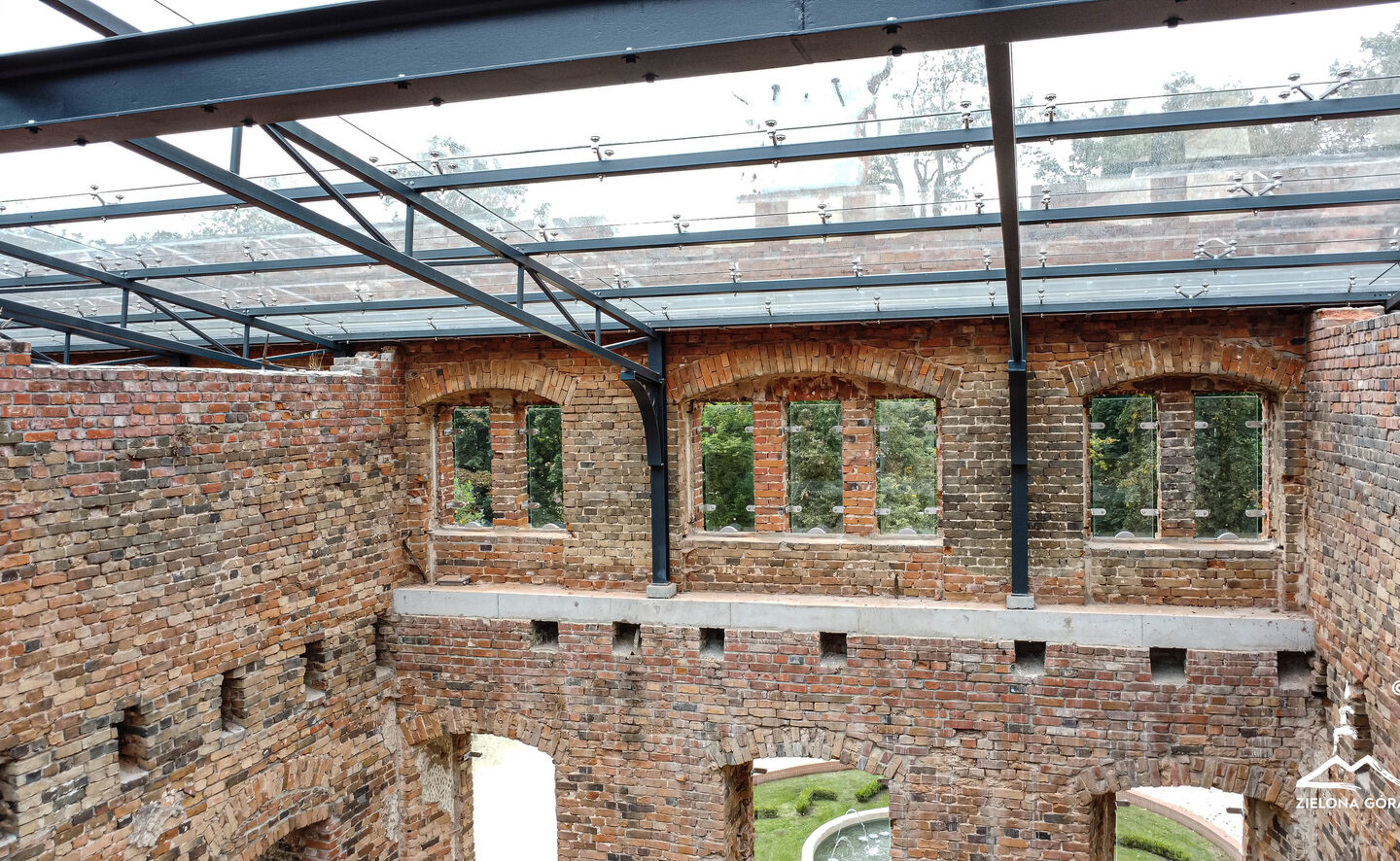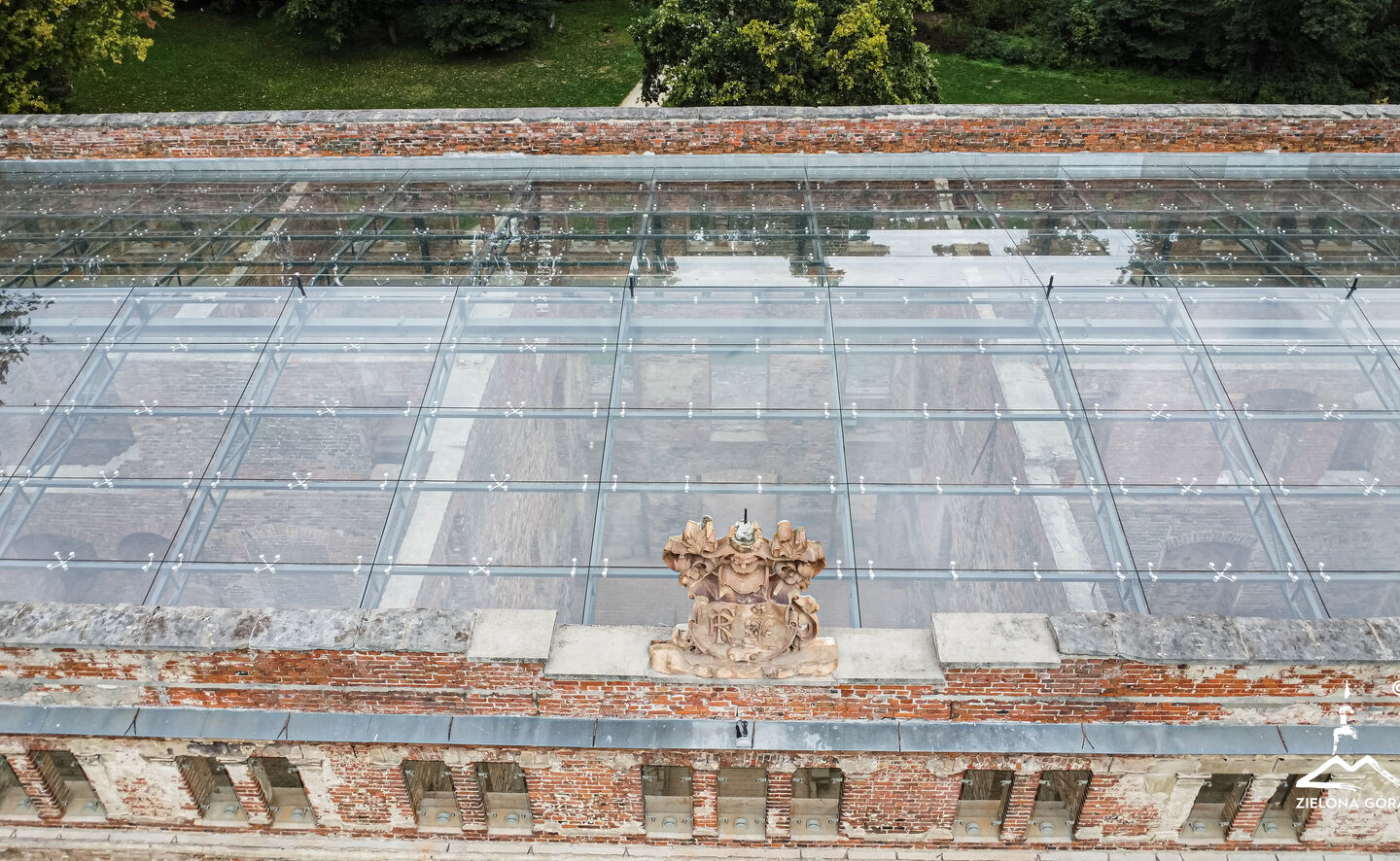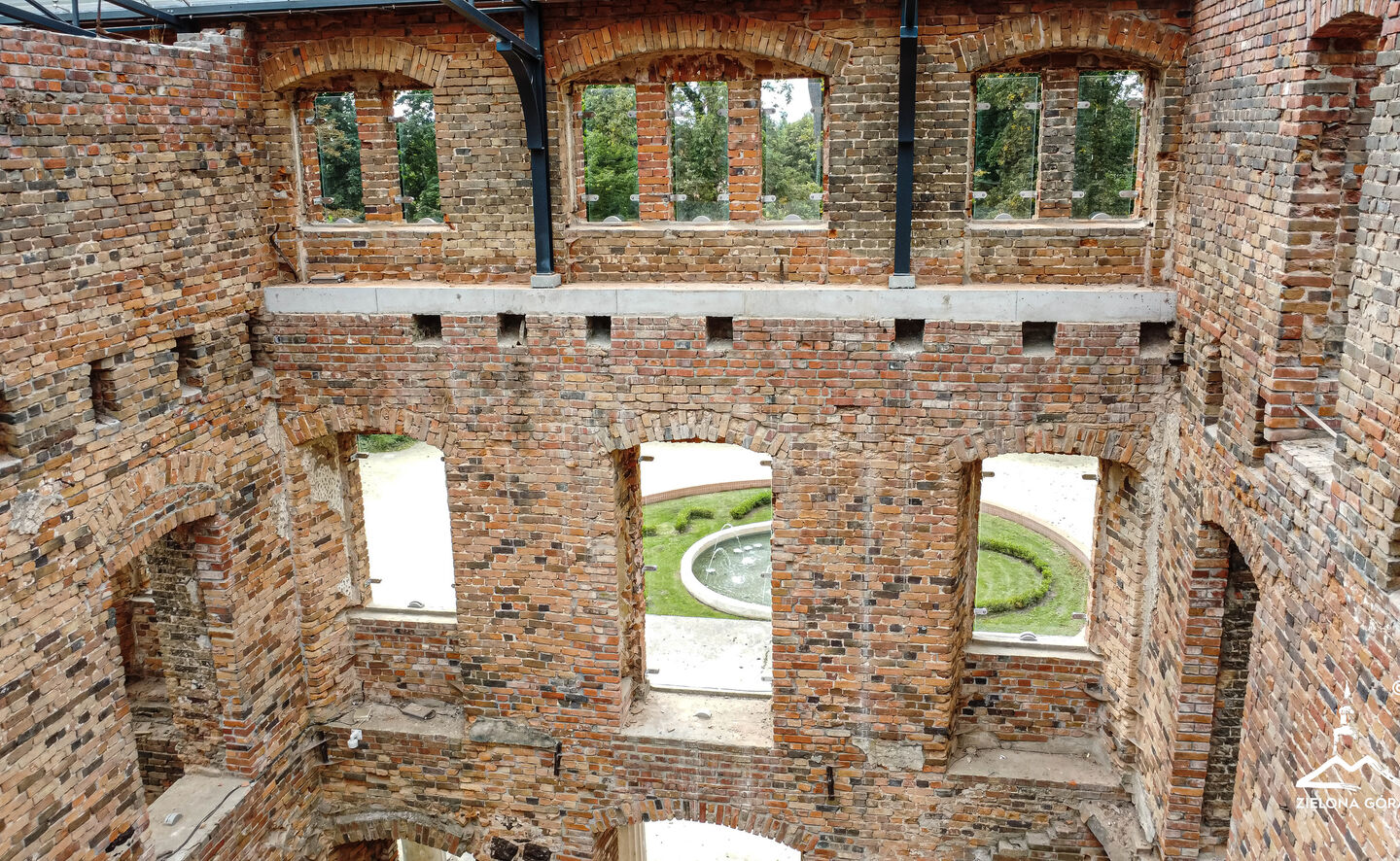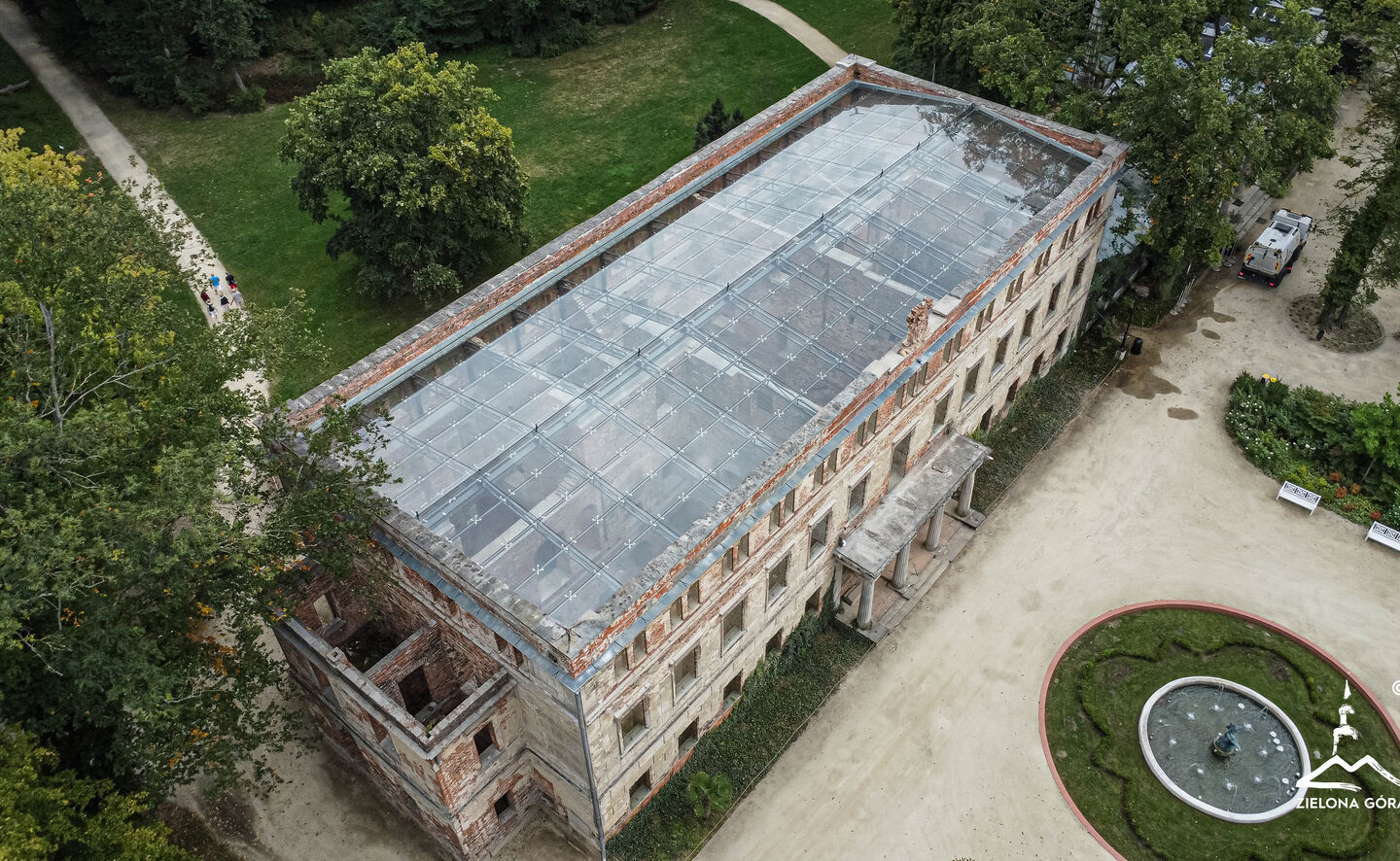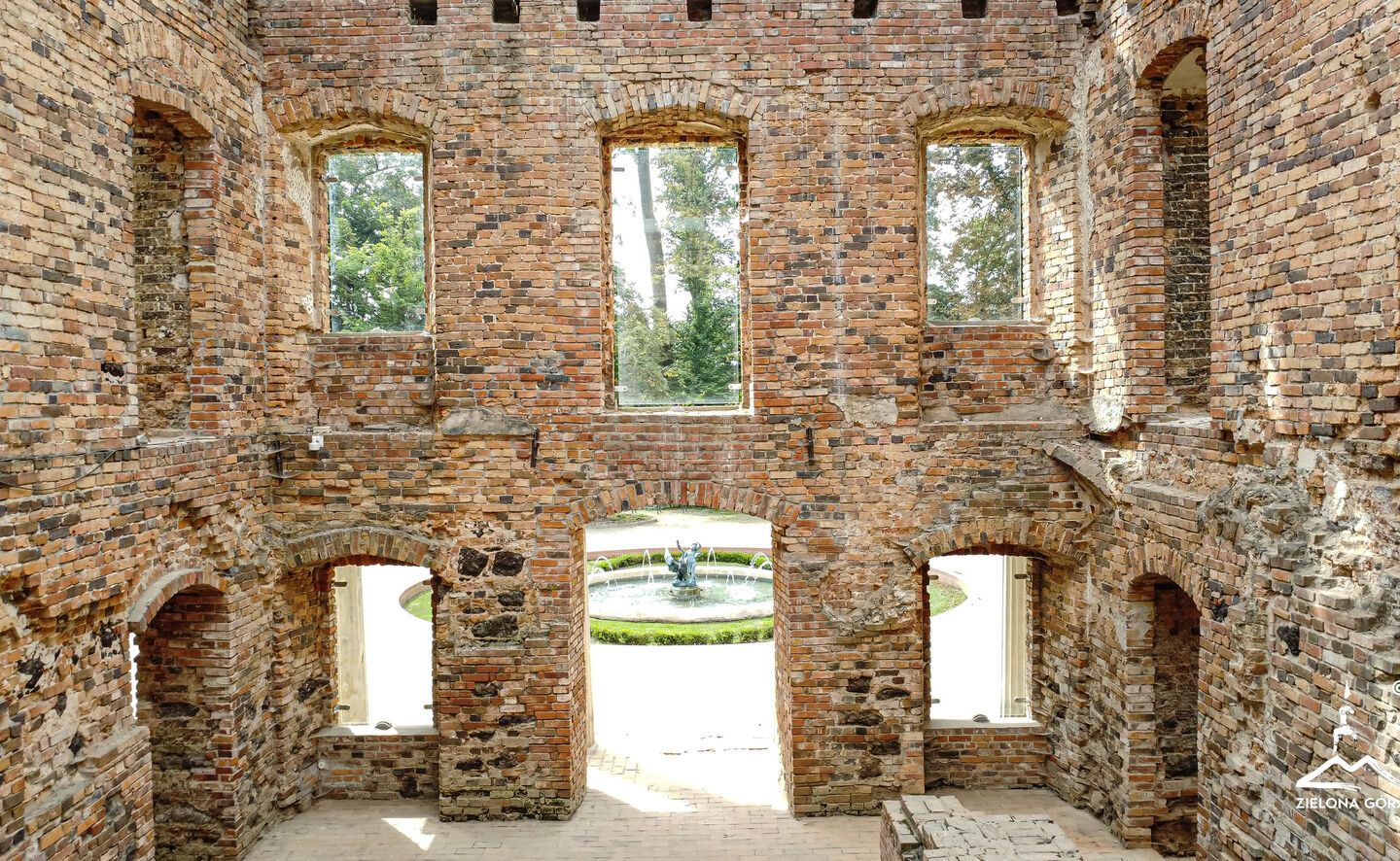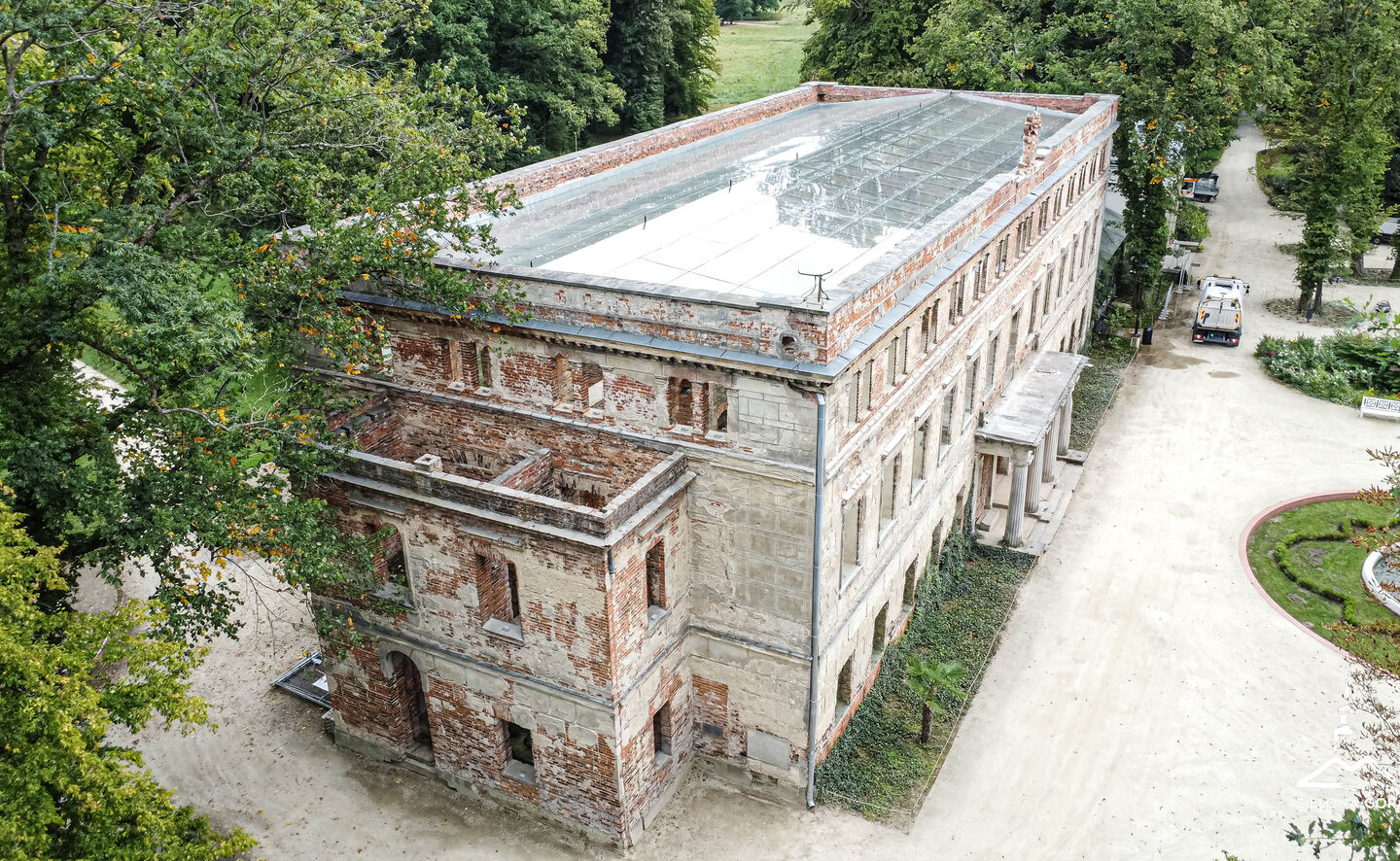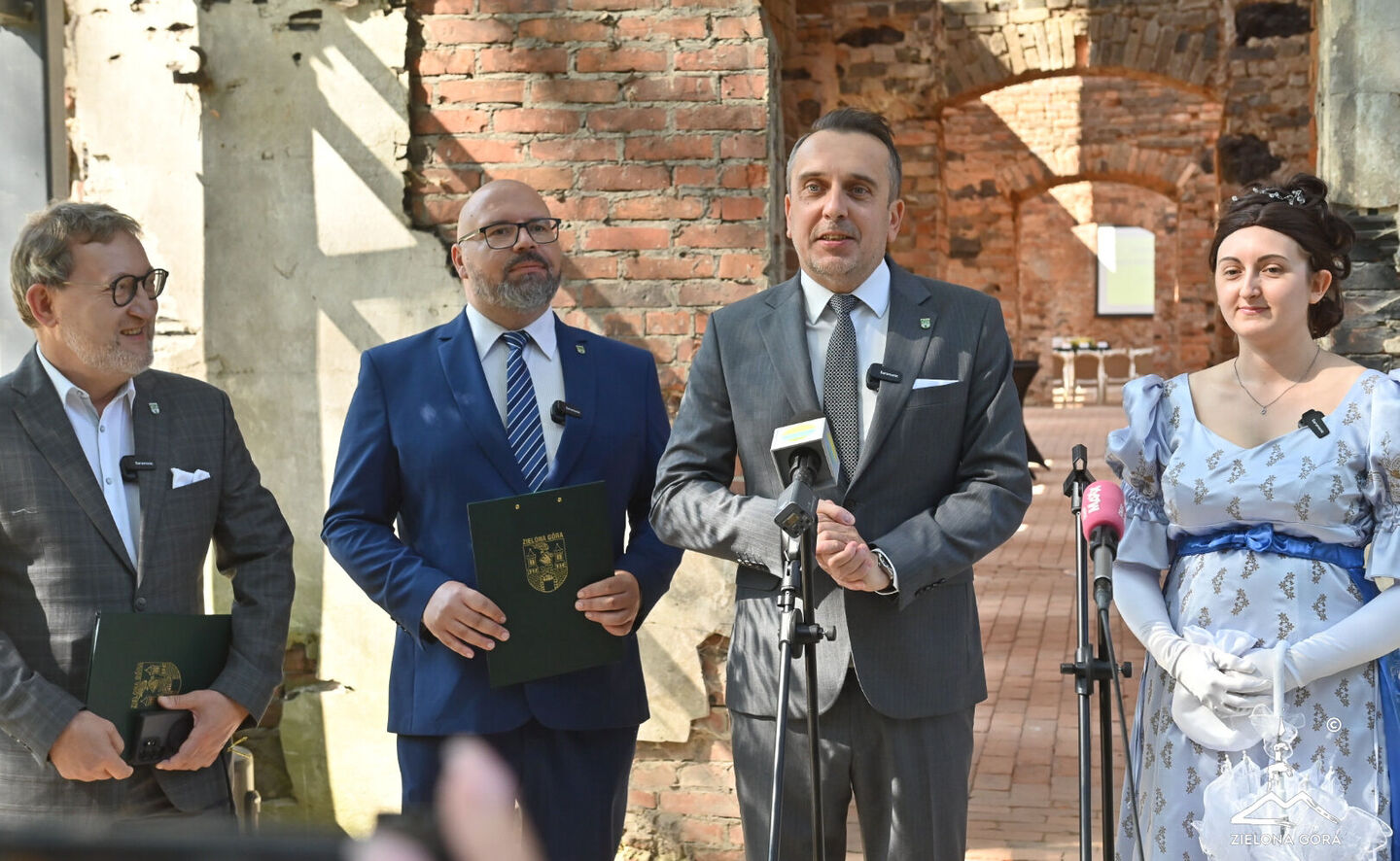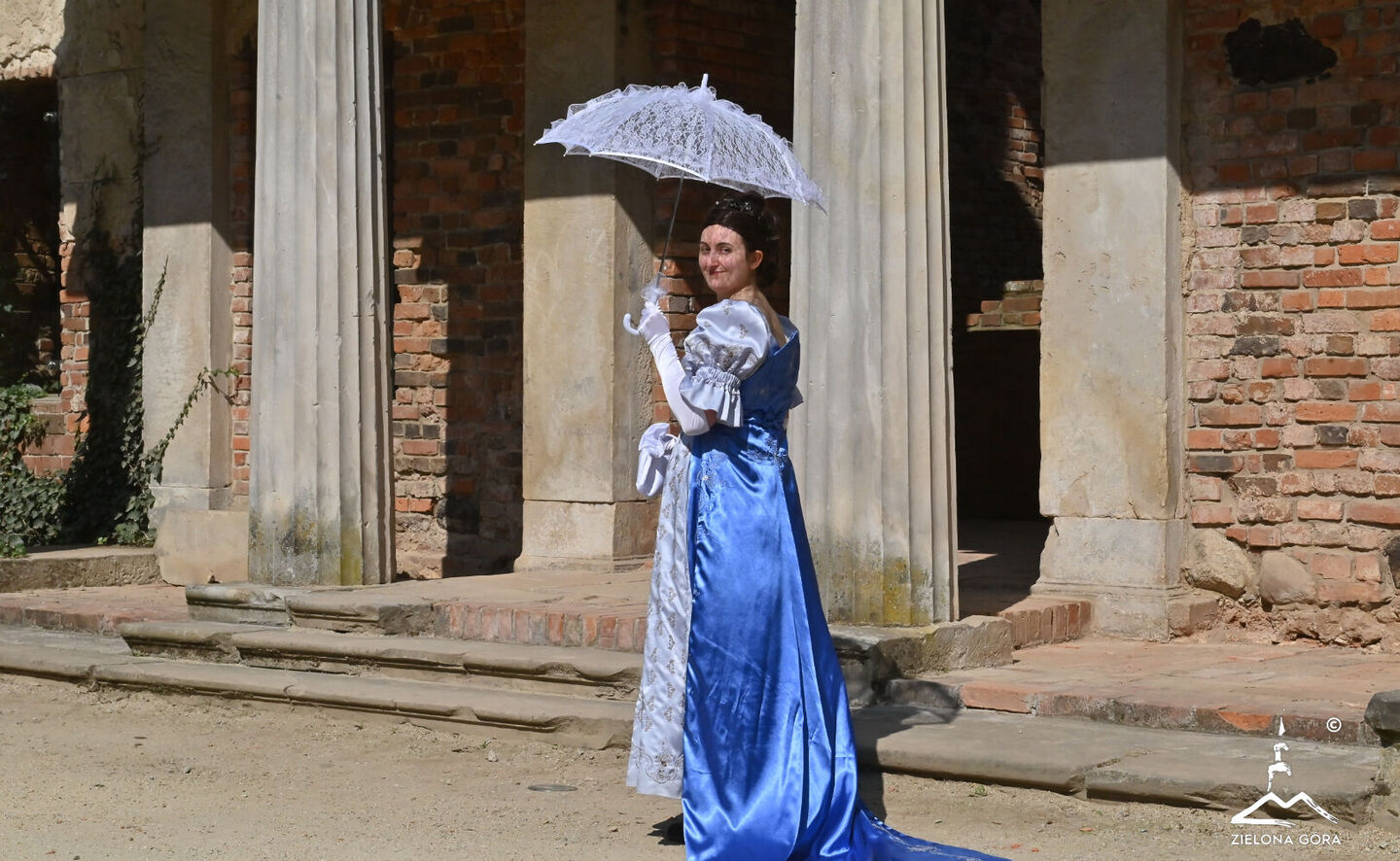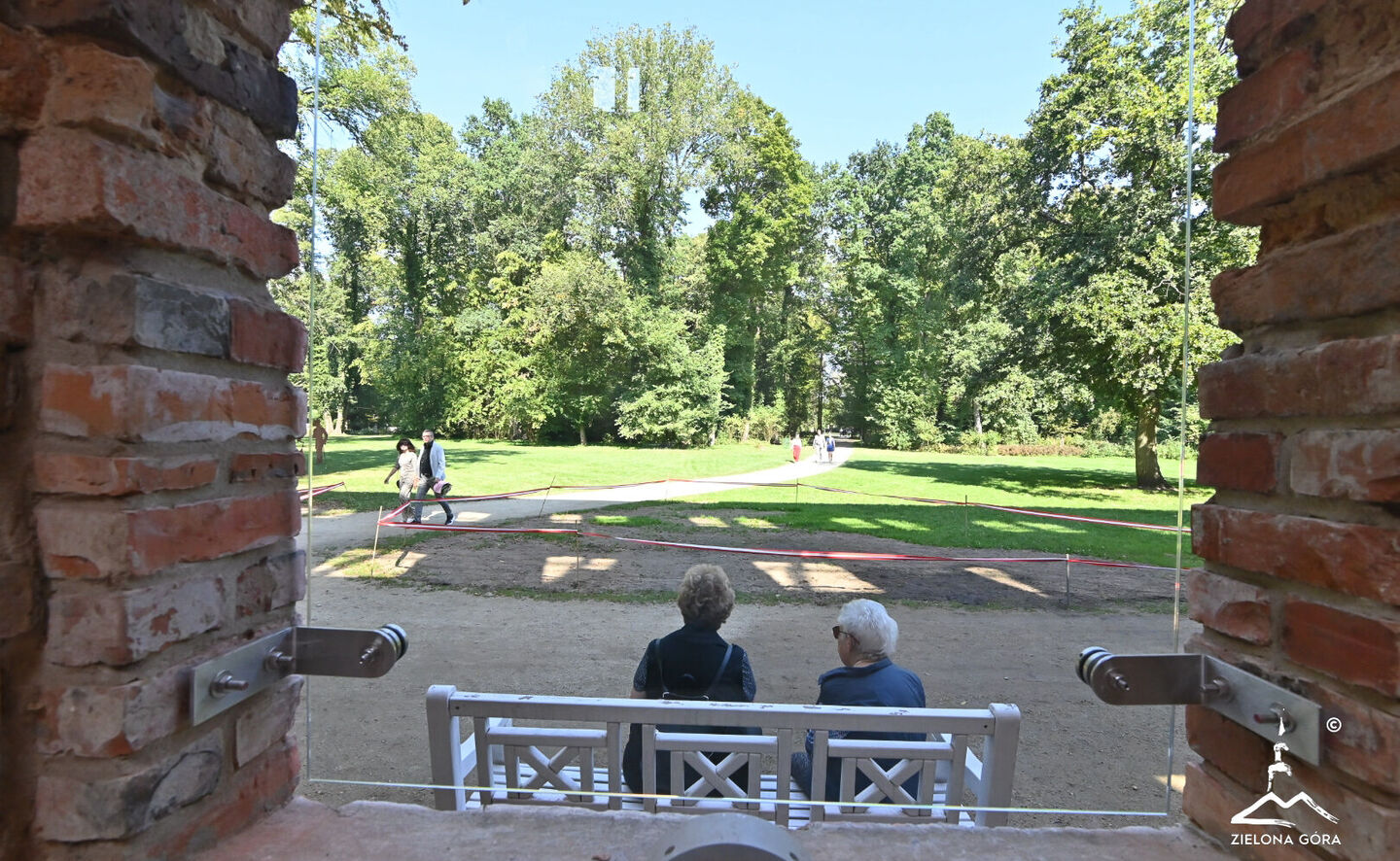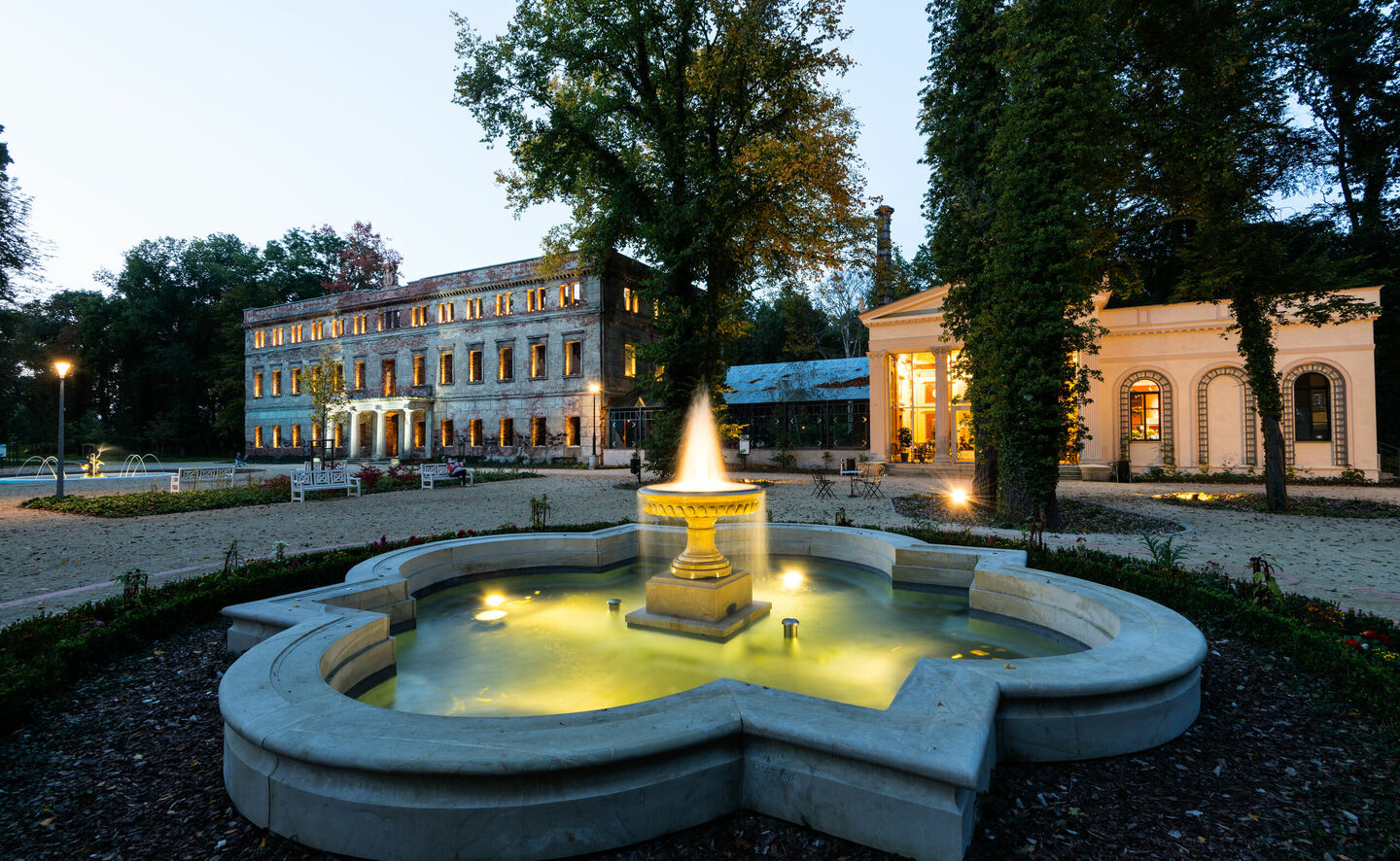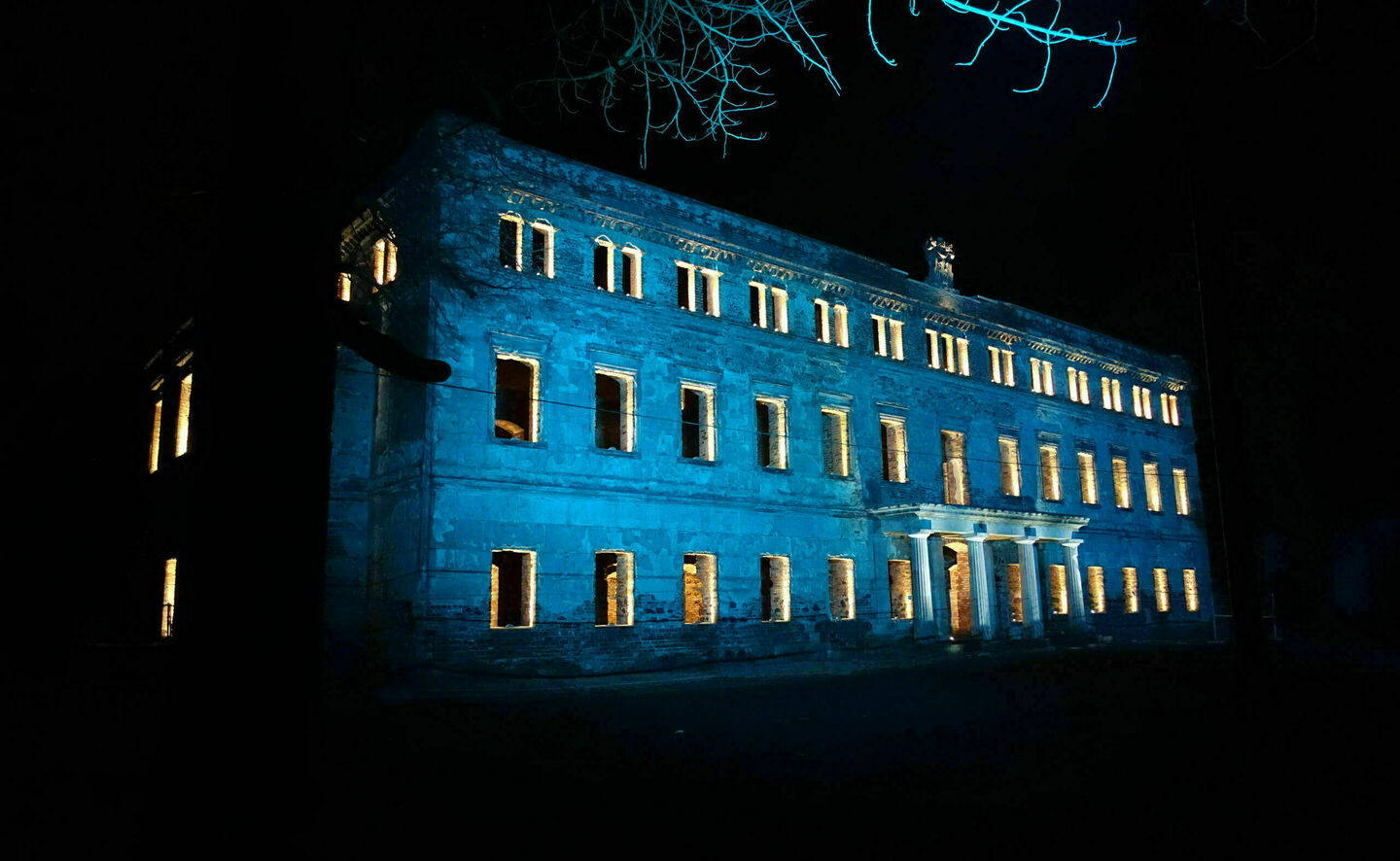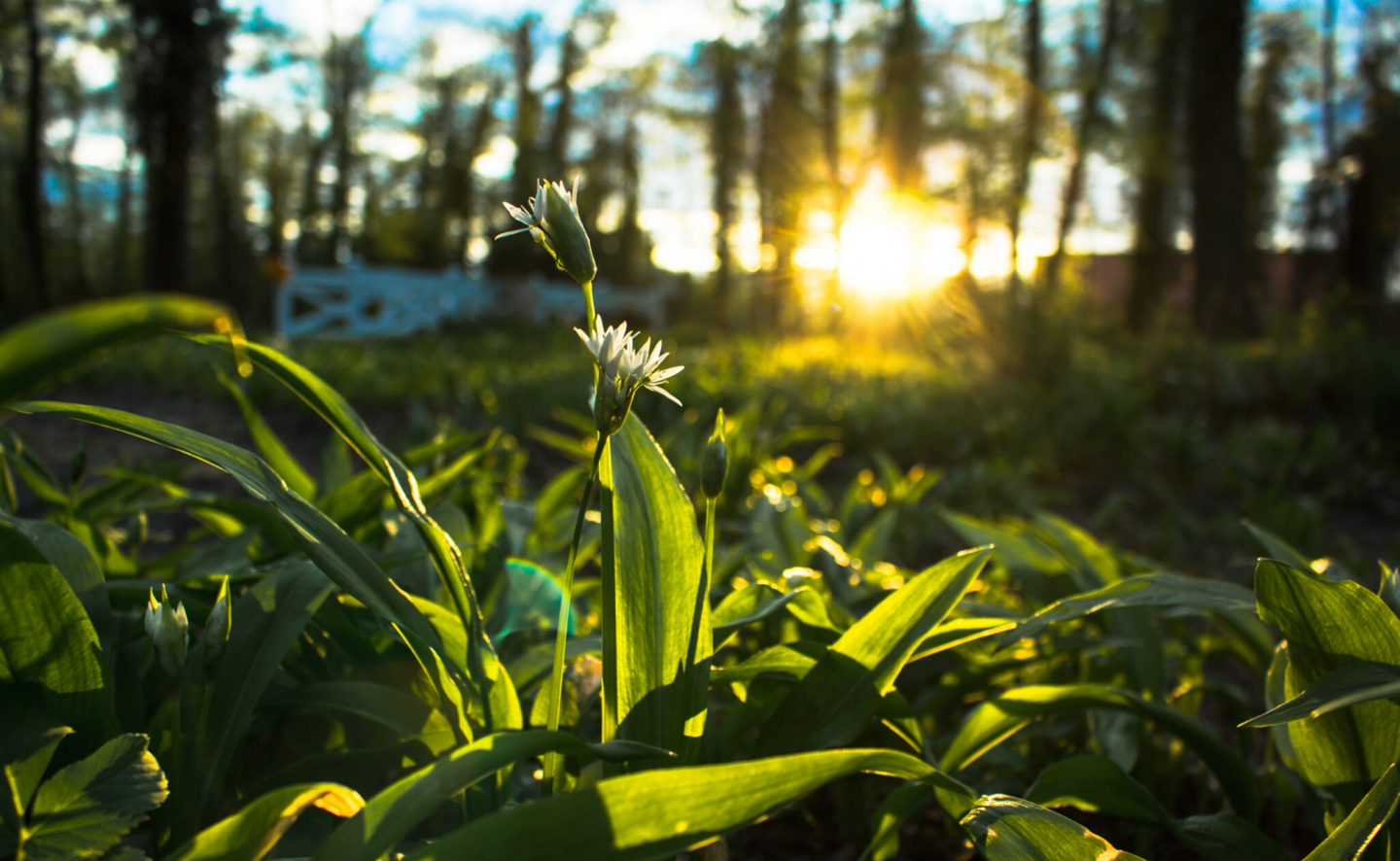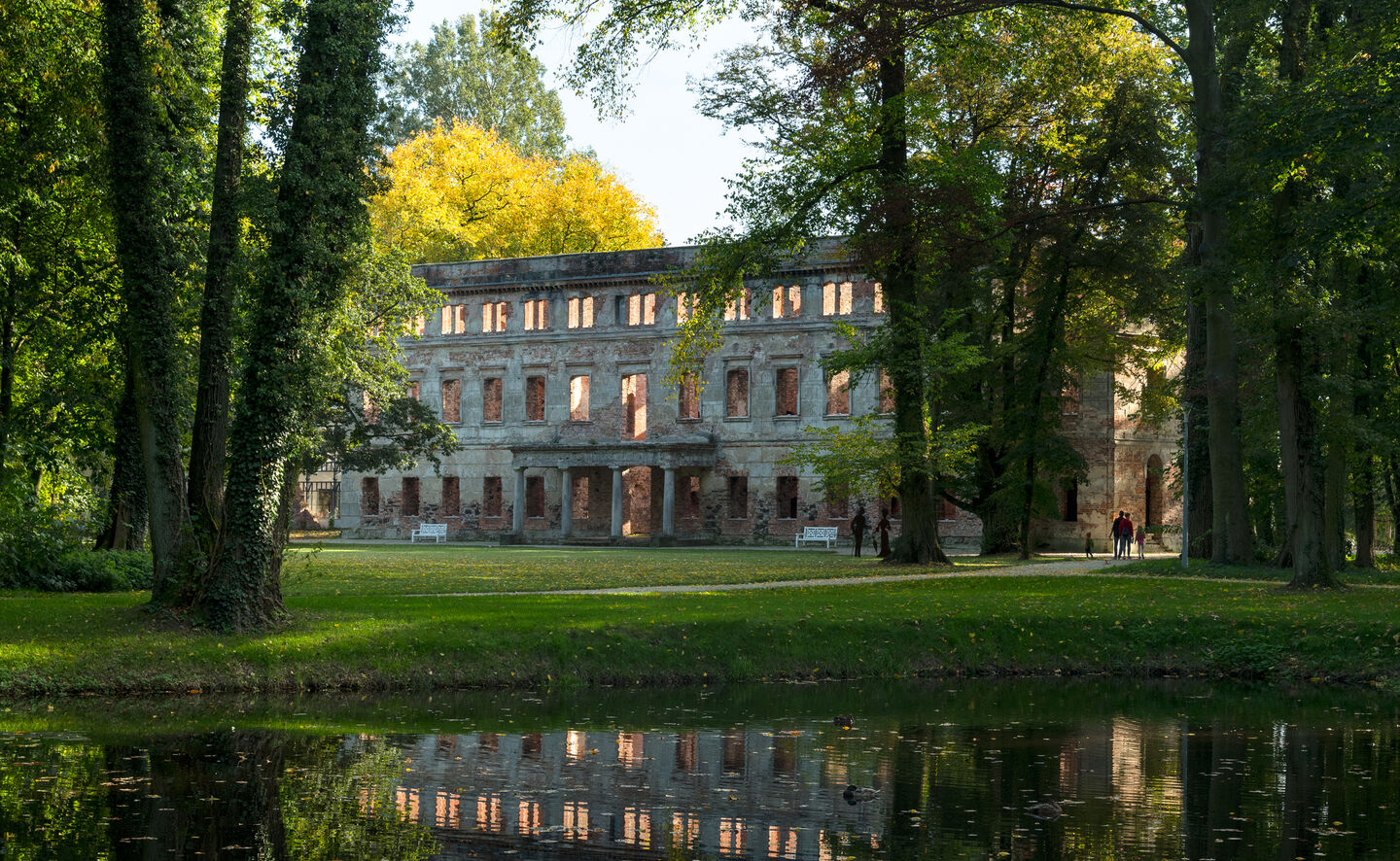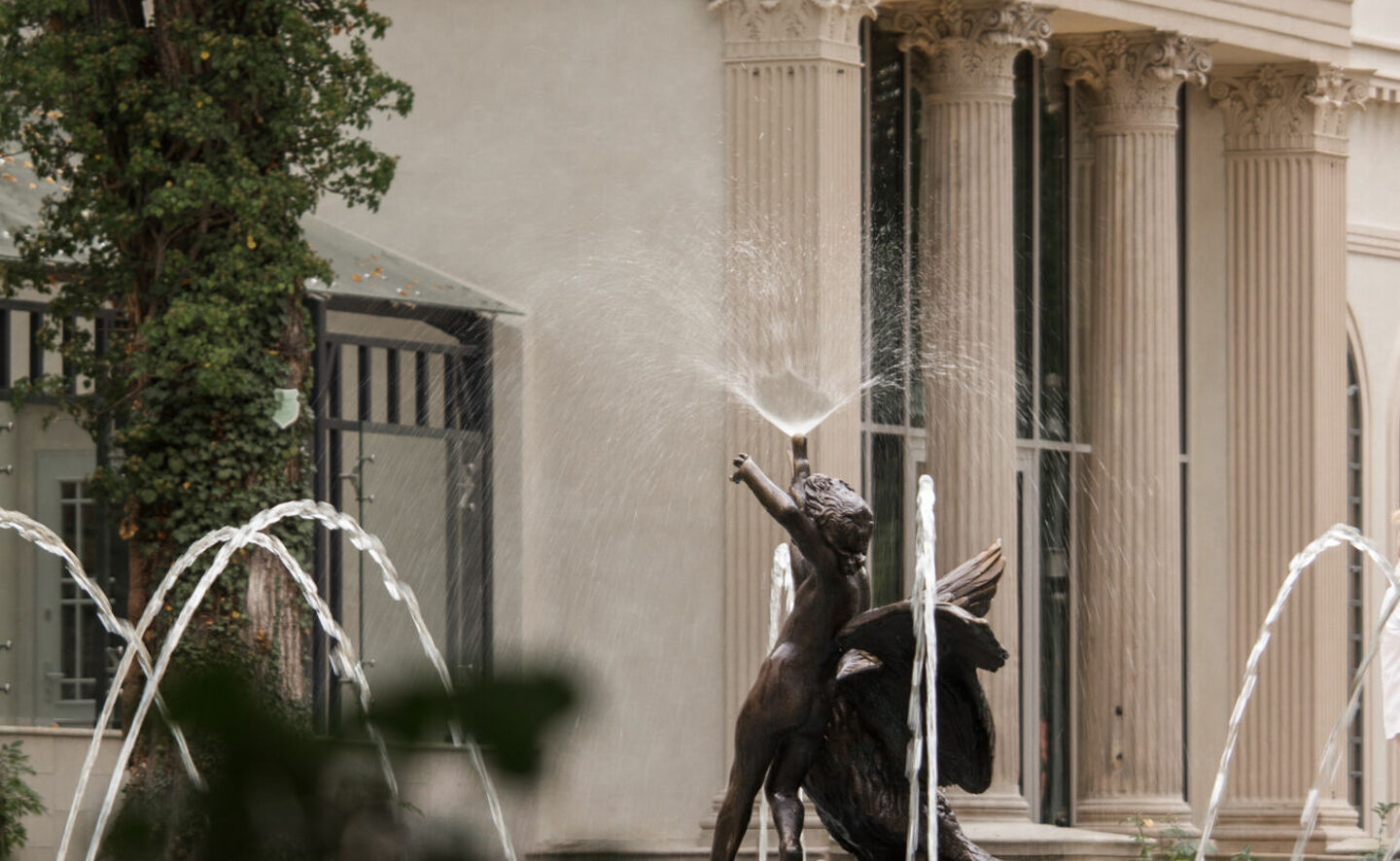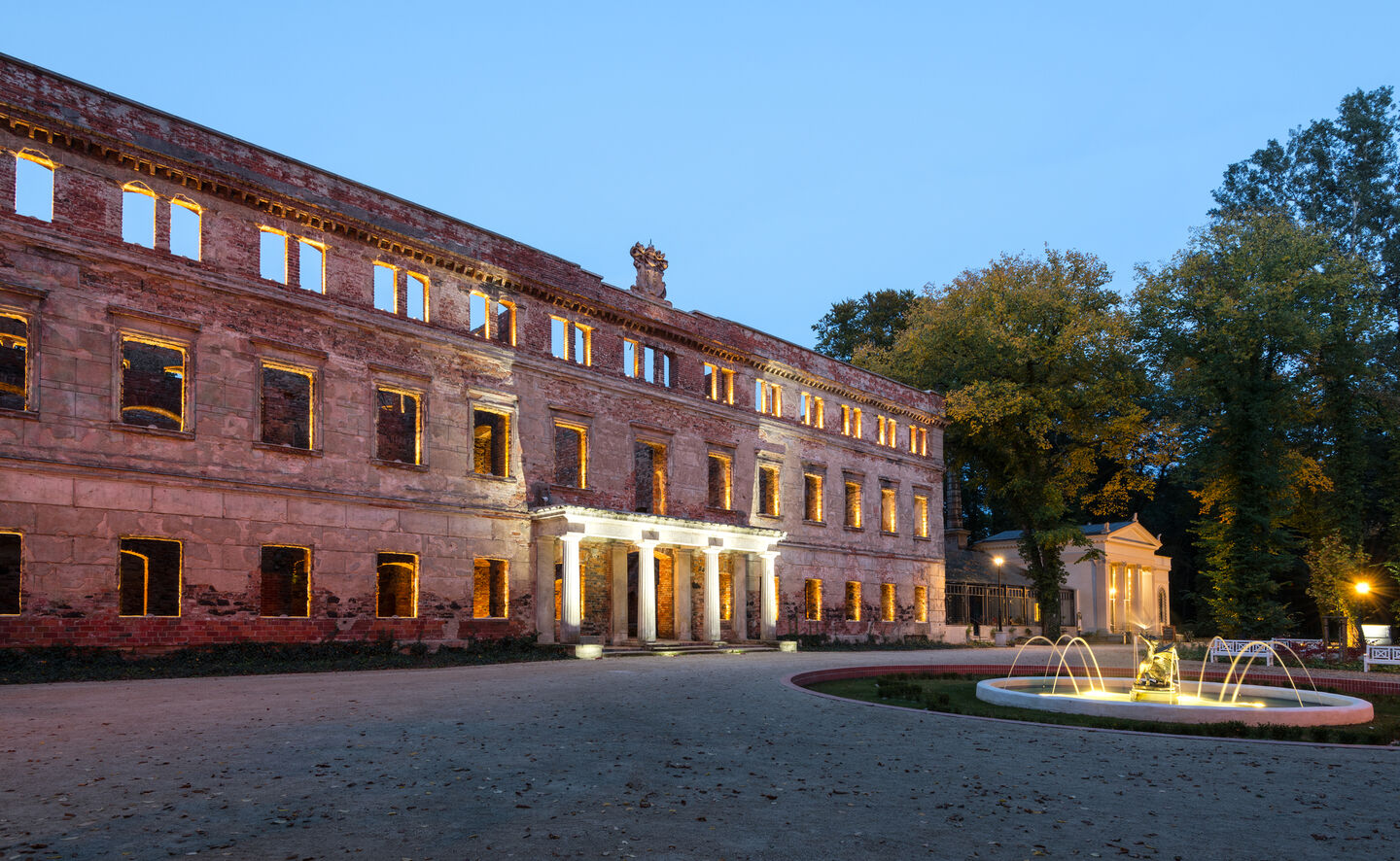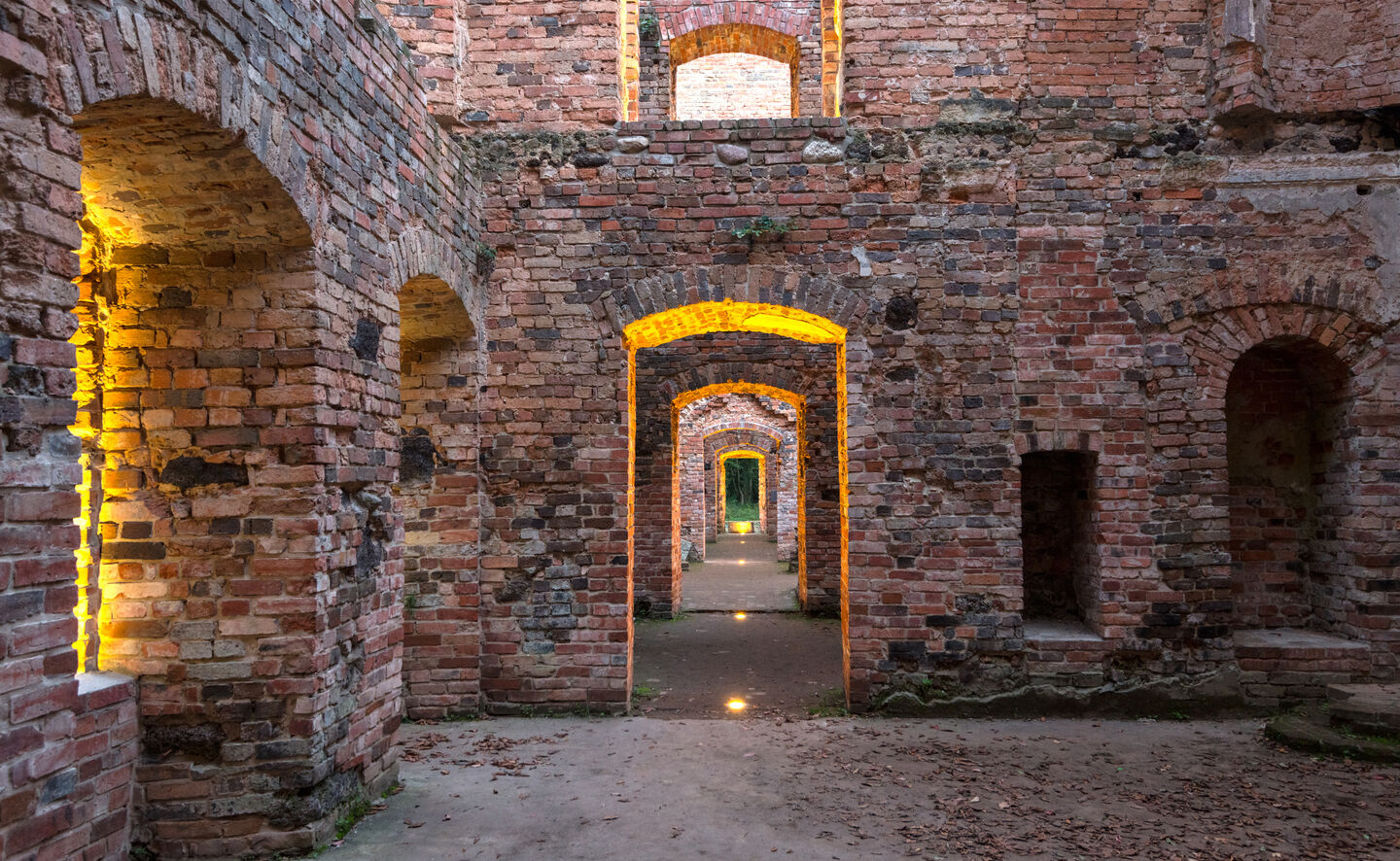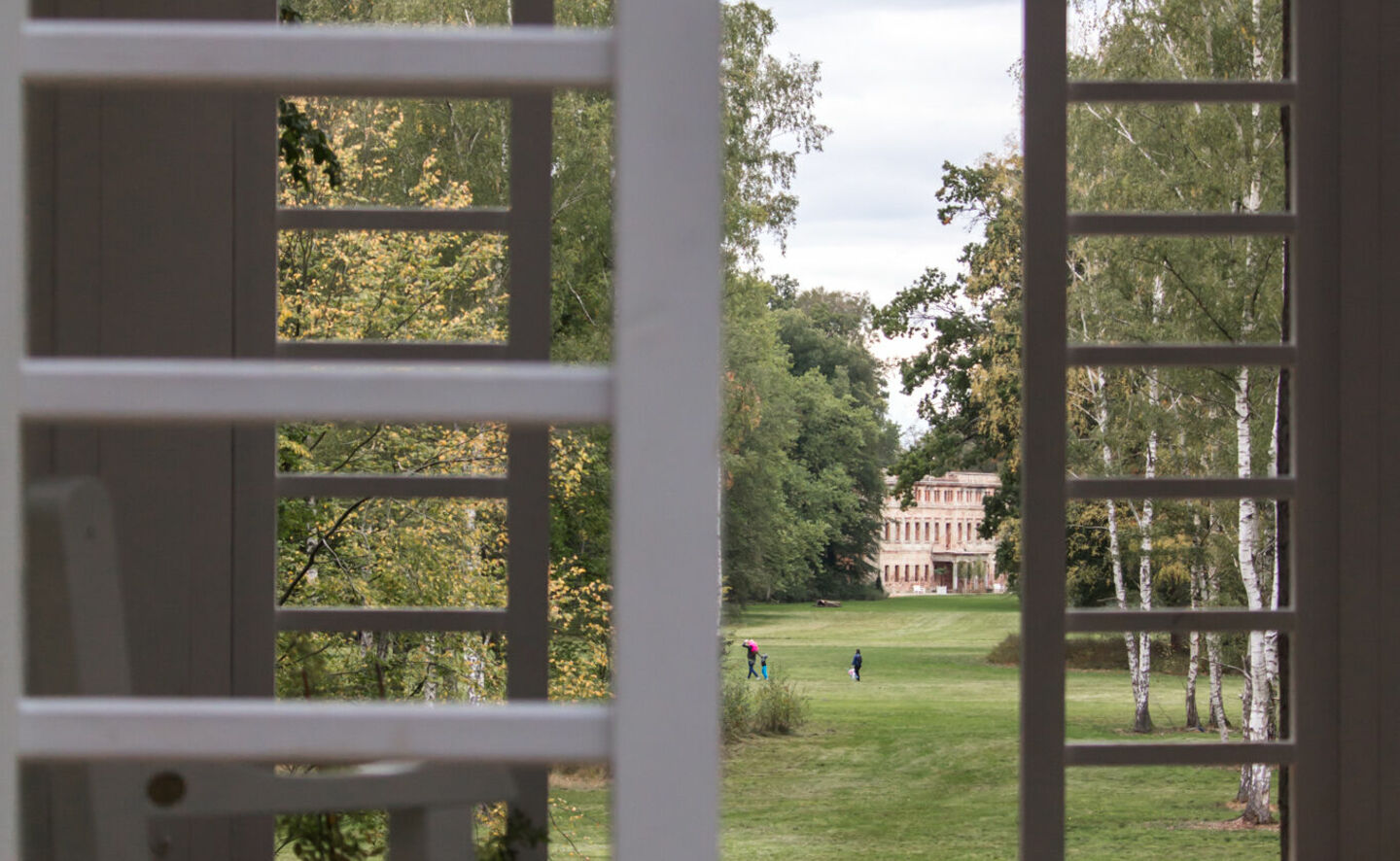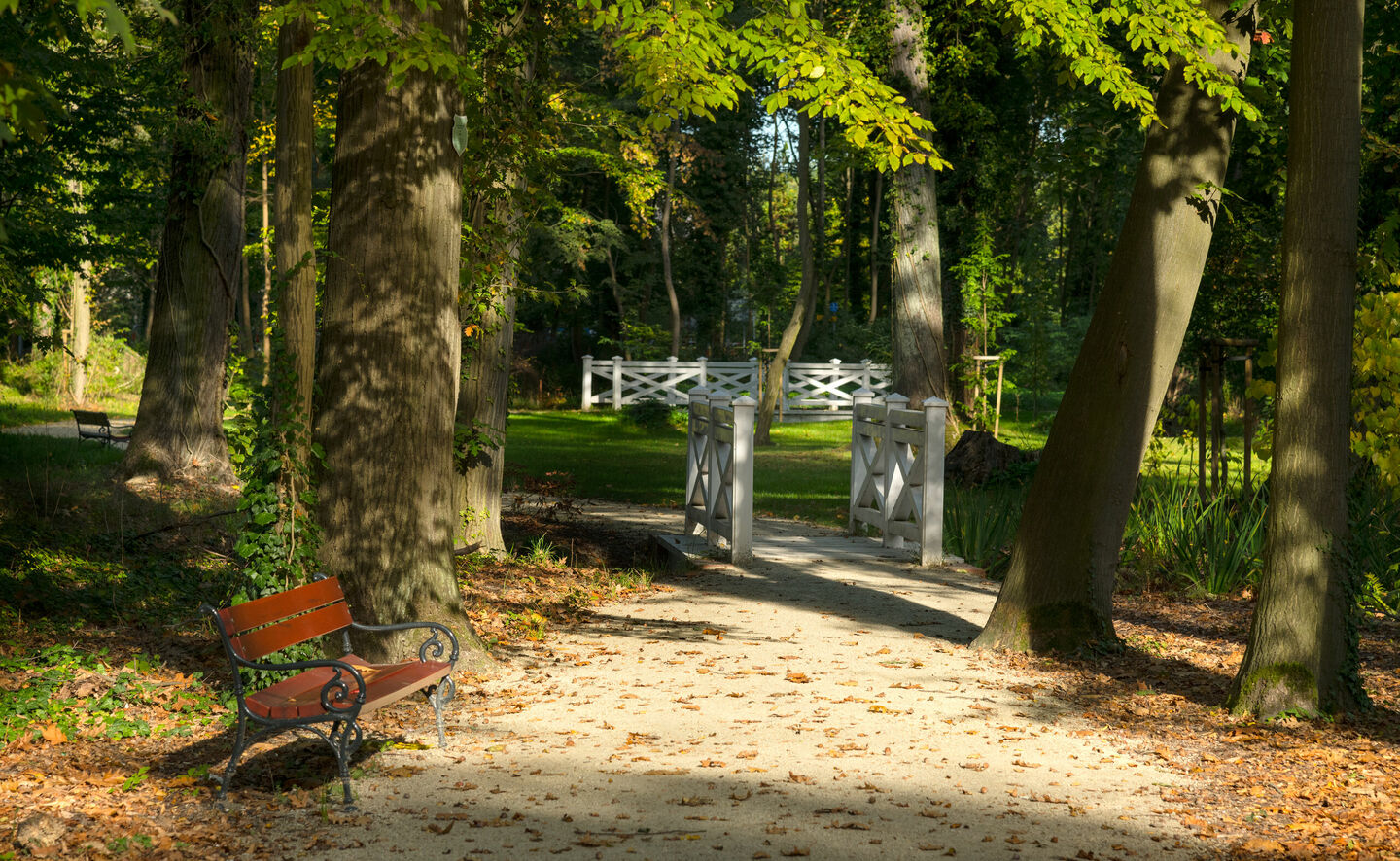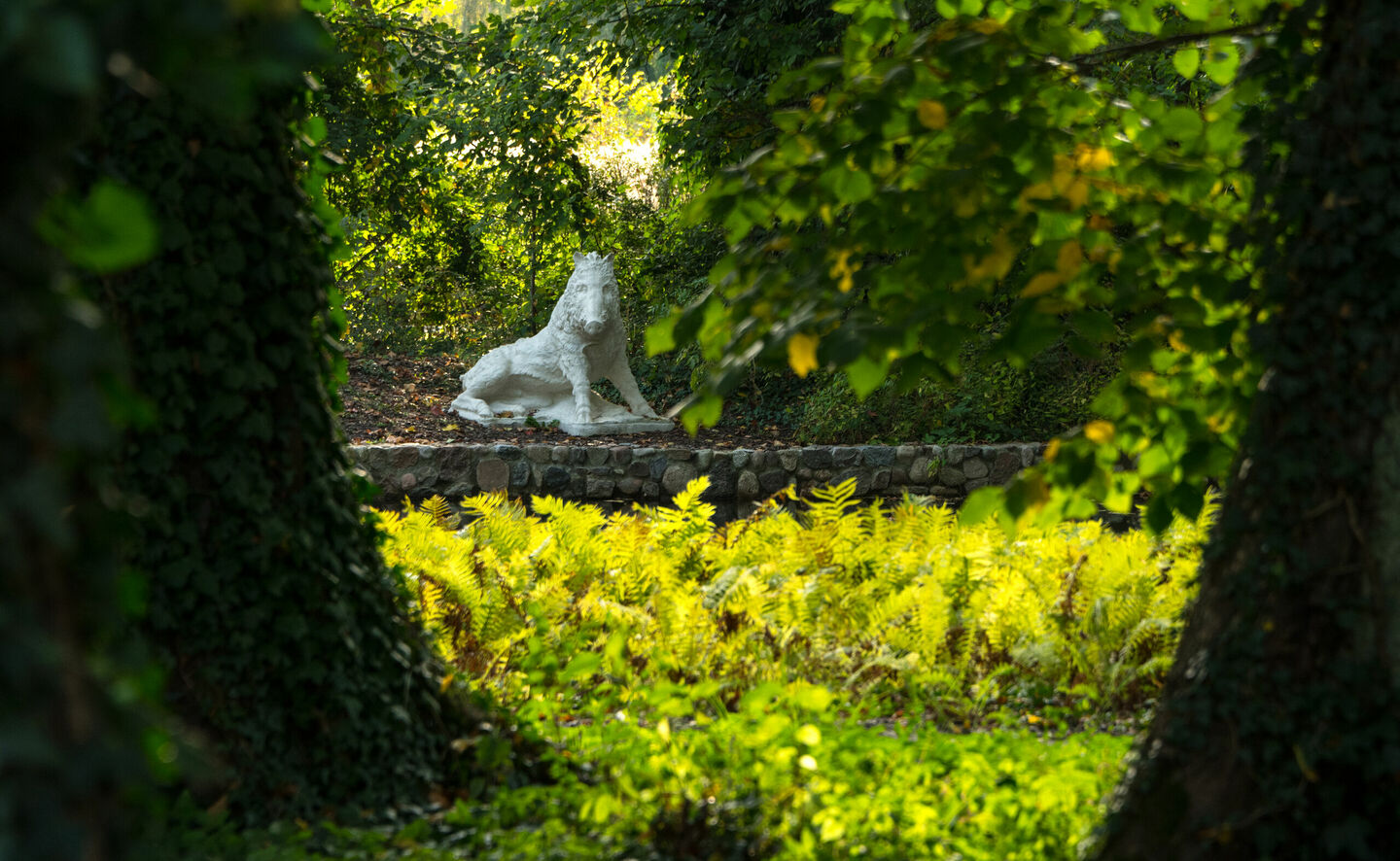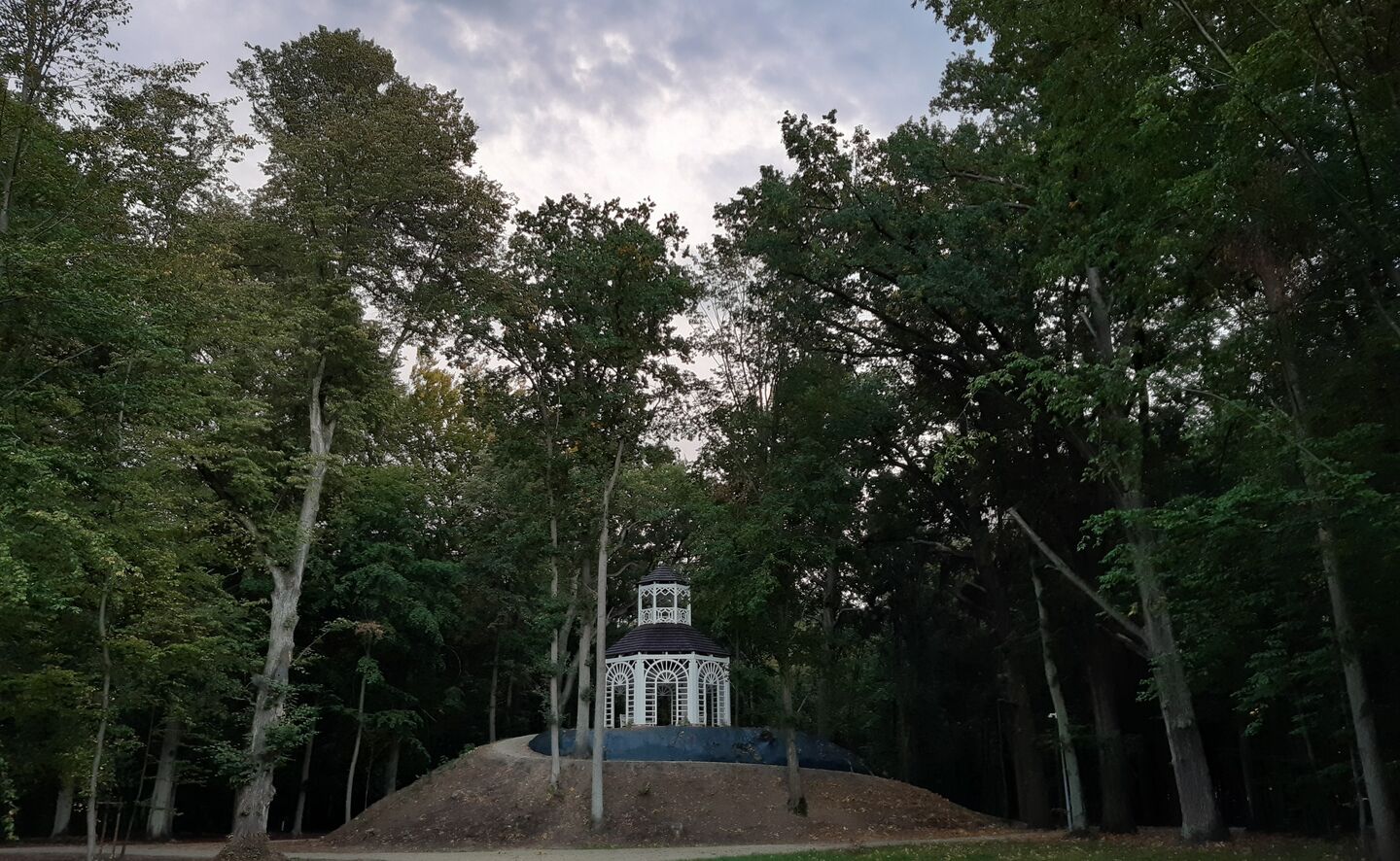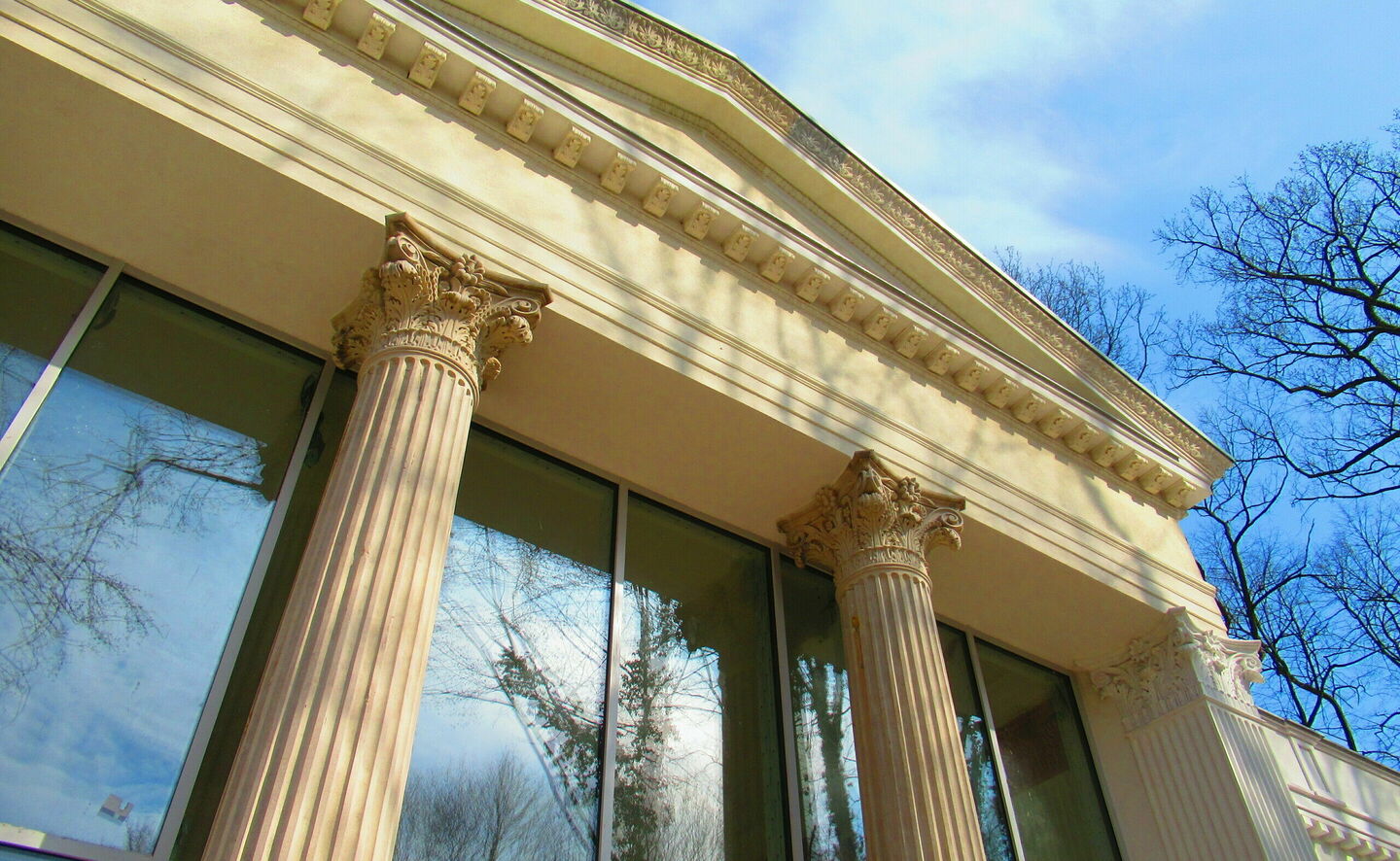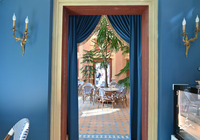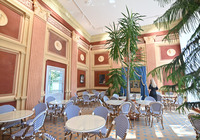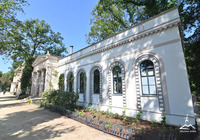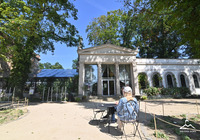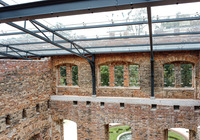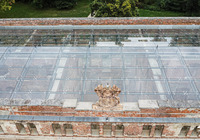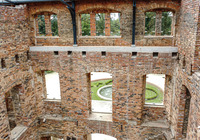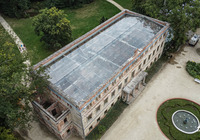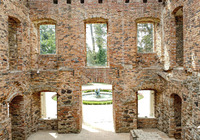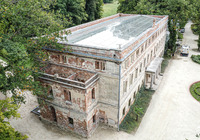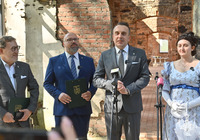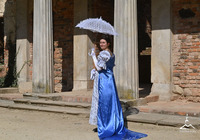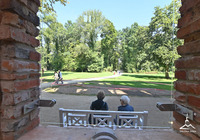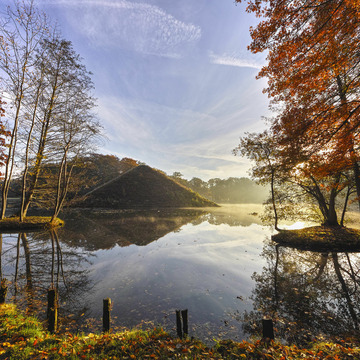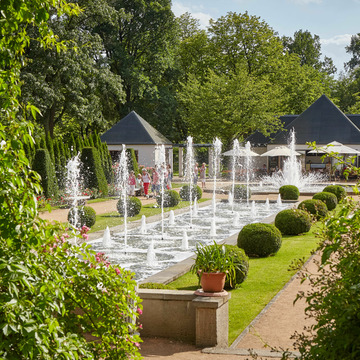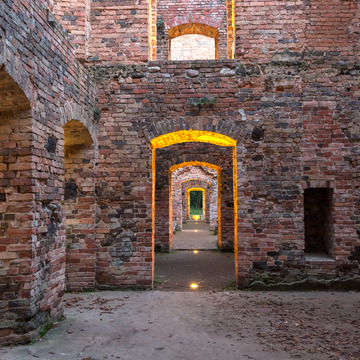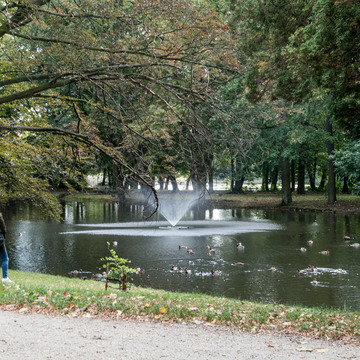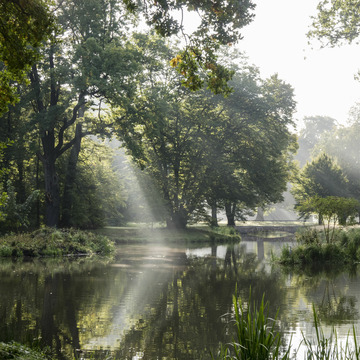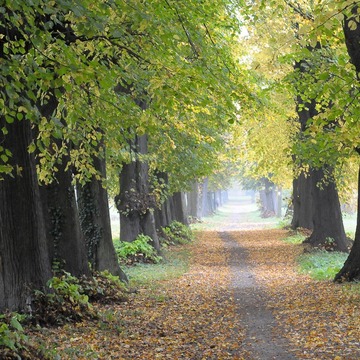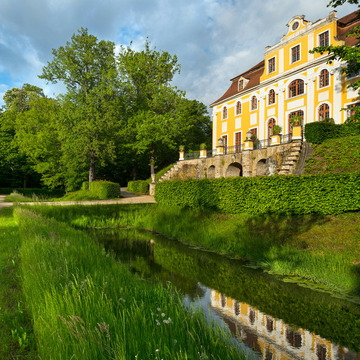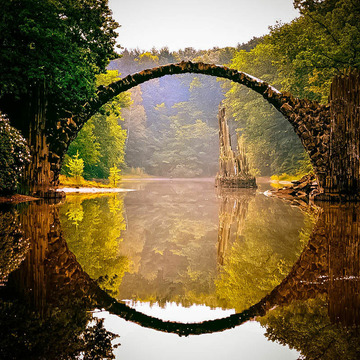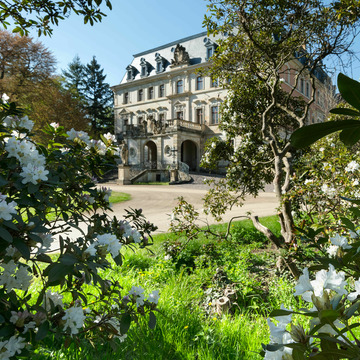The first park and garden were laid out towards the end of the seventeenth century, in parallel to construction of the baroque stately home. The most famous owner of Zatonie (Günthersdorf) was Duchess Dorothea of Talleyrand-Périgord, who resided there from 1840 to 1844. It was her who had the greatest influence on the palace and park design. The Duchess resolved to extend the gardens and remodel the palace in a classicist style. At the time, the park was 32 hectares in size. She had a beautiful landscape park designed, featuring avenues and herbaceous borders. Unfortunately, the Red Army razed the palace to the ground after the Second World War, and the park subsequently fell into disrepair. Despite being named a listed monument on 16 March 1965, no one took care of the park's maintenance. Many interesting species of trees were lost, the architecture decayed and the original visual axes and pathways through the park became unrecognisable as a result. Zatonie Park remained an interesting, natural and historical place nonetheless.
The entire park can now be explored on foot or by bike. The park's pathways have been retraced and re-established in line with the historical system of pathways and various attractions can today be discovered throughout the park.
In the western part of the park are two ponds. The first – known as the "Great Pond" ("Großer Teich") – with an island was created by damming Dłubnia stream and adding additional water. The duchess mentions it in her diary: "... the stream that flows through the garden lends freshness." The smaller second pond near the historical palace outbuildings served as a place to wash carriage wheels. Today, a replica of the sculpture of the Calydonian Boar can be admired here, of which the original can be viewed in the Uffizi Gallery in Florence.
Two key park attractions are located near the ponds, namely the palace ruins and the reconstructed orangery. The ruins have been preserved and are now open to visitors. The orangery houses a café where visitors can enjoy an aromatic coffee and a delicious slice of cake or dessert. In the summer months, it also possible to relax amidst the trellises linking the orangery with the palace. While standing on the palace forecourt, two fountains cannot be overlooked. The more stunning of the two features a replica of the sculpture "Boy with Swan", which stands at the main entrance to the residence. An impressive cross
fountain and a replica of an ancient sarcophagus from the third century BCE can still be found in the vicinity of the neo-classical orangery.
In the northern part of the park, there is a reconstructed wall featuring a historical gate known as the "Dog Gate" ("Hundetor") that once led to the animal park. There is also a historical gardener's house there, which is currently being used to house the tourist information centre temporarily.
A hilltop vantage point with grotto can be spied while on a stroll to the east of the palace ruins. A beautiful arbour known as the "Rose Temple" ("Rosentempel") tops its summit. Wonderful views can be enjoyed from here over the meadow and palace ruins. The arbour also makes the ideal spot for romantic moments.
The ducal park in Zatonie is the perfect haven for recreation, where artistic plein-airs and events are currently organised for the inhabitants of Zatonie and Zielona Góra. The park also boasts spectacular illuminations at night as the most important elements of the park architecture.
Diese Karte kann nicht von Google Maps geladen werden, da Sie in den Datenschutz- und Cookie-Einstellungen externen Inhalten nicht zugestimmt haben.

